DIMA GRED in Moscow: Minimal graffiti art radical
The Russian artist based in Moscow DIMA GRED (born 1990) started to paint in the streets in 2003. At that time he was bombing GRED in his neighborhood before going all city. Most of the time he painted alone, but also with his friends forming the BRS crew. His lettering evolved from semi wild style to block letter style, mostly in two colors, announcing his later minimalist style with rectangular forms and the use of only one color. After some years’ activity, GRED got arrested and stopped painting between 2008 and 2010. In 2012, he graduated from the College of Architecture and Civil Engineering in Moscow, studies that had no influence on his work according to him. However at that time he felt the urge to paint in the streets again, but with a new style. His GRED pieces of that time are made with black angular letters, slightly bent to the right, the letters are interlaced or placed upside down, slightly abstracted, they are elegant as a designed large-scale logo which seems to float on concrete walls.
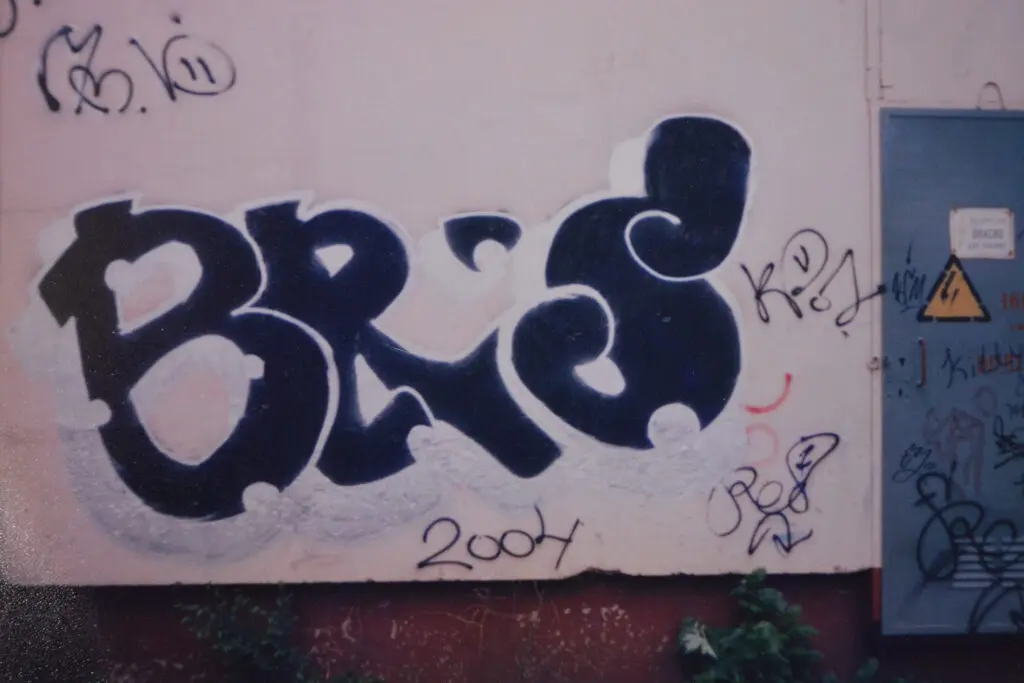
DIMA GRED, Moscow, 2004 ©DIMA GRED 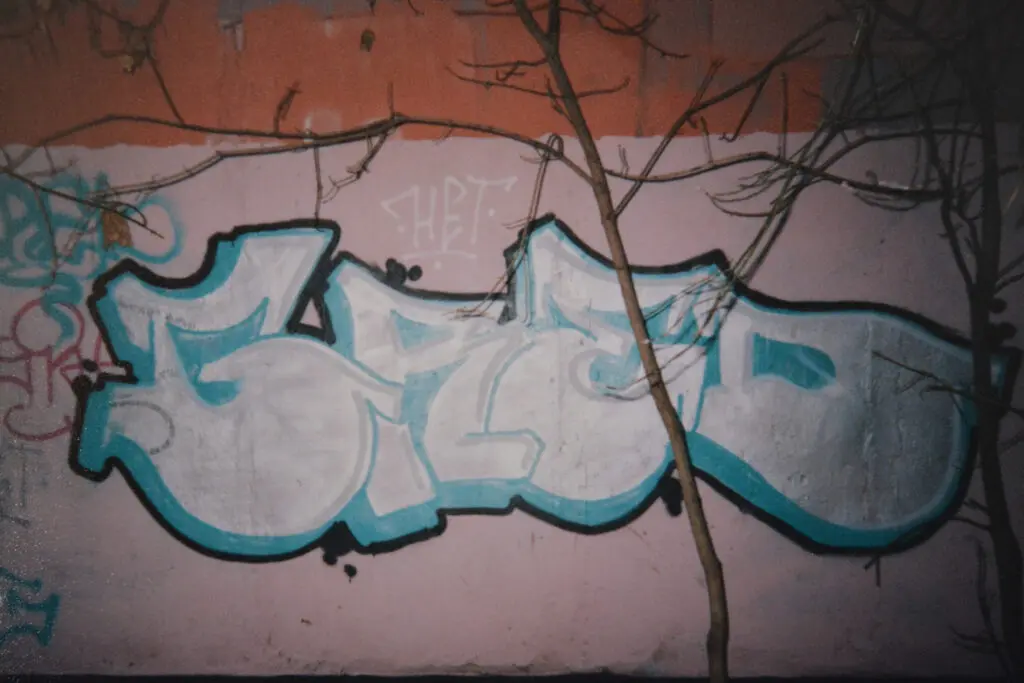
DIMA GRED, 2005 ©DIMA GRED 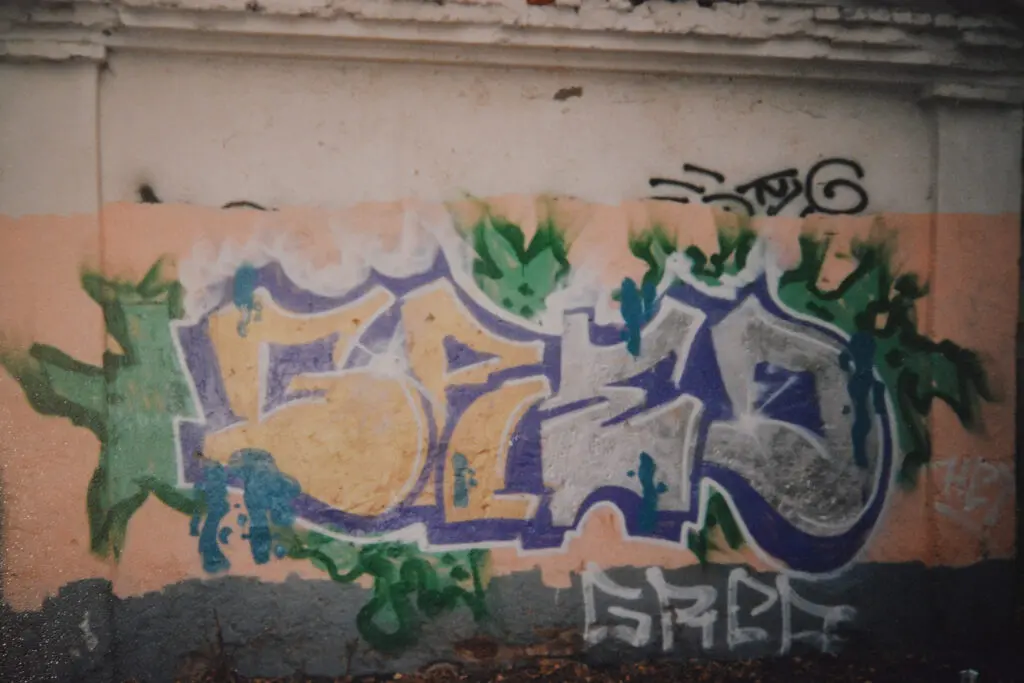
DIMA GRED, 2006 ©DIMA GRED 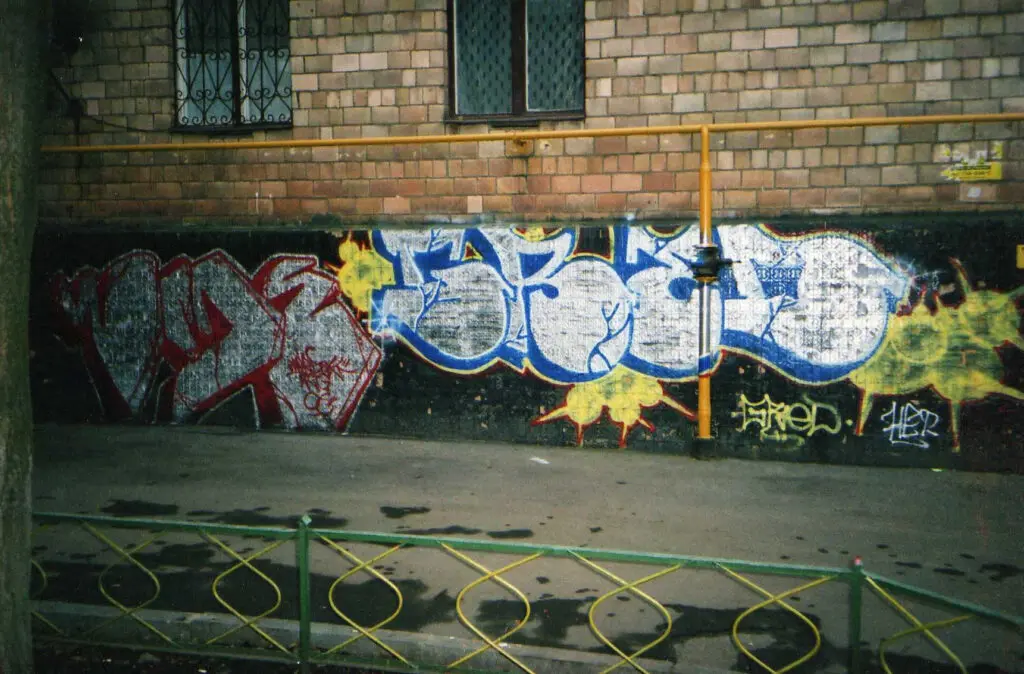
DIMA GRED, Moscow, 2006 ©DIMA GRED DIMA GRED, Moscow, 2006 ©DIMA GRED DIMA GRED, Moscow, 2009 ©DIMA GRED DIMA GRED, Moscow, 2009 ©DIMA GRED DIMA GRED, 2010 ©DIMA GRED DIMA GRED, Moscow, 2010 ©DIMA GRED DIMA GRED, Sergievposad, 2010 ©DIMA GRED DIMA GRED, Moscow, 2010 ©DIMA GRED DIMA GRED, Moscow, 2010 ©DIMA GRED
Tired of writing his name and lettering, DIMA GRED started to develop abstract pieces in 2014 and will only use the spray can color black mat from then on for all of his works. The color black has many qualities that the artist knows how to apply for his pieces: it is a serious color, powerful, impenetrable and mysterious, but also elegant and pure. Before 2015, the Russian writer was spraying his straight lines by hand before starting to use tape. The 5 mm thick tape helps him until today to work much faster, defining the shapes even more clearly and using the spray can only for the fill in.
Occupying urban and rural spaces with black minimalistic forms
DIMA GRED likes to place his pieces in the city, like on rooftops or small concrete constructions, as well as on construction sites and in abandoned places around Moscow or in the countryside in Russia. Simple buildings from concrete are one of his favorite urban canvases. He always looks closely at the surroundings, searching for beautiful and different urban or rural landscapes to record his striking graffiti pieces. In order to find the urban place inspiring for him, DIMA GRED is a lot of walking and cycling in the city, observing and registering areas, but is well aware of the extensive video surveillance in the city of Moscow. To find beautiful adequate rural spots, the artist does his research mainly on the internet, looking for lost places that he can occupy with his art pieces in the future.
DIMA GRED, Moscow, 2015 ©DIMA GRED DIMA GRED, Moscow, 2015 ©DIMA GRED DIMA GRED, Kaliningrad, 2015 ©DIMA GRED DIMA GRED, Moscow, 2015 ©DIMA GRED DIMA GRED, Kaliningrad, 2015 ©DIMA GRED DIMA GRED, 2015, Moscow ©DIMA GRED DIMA GRED, Moscow, 2015 ©DIMA GRED DIMA GRED, Nizniynovgorod, 2015 ©DIMA GRED DIMA GRED, Naberezniechelni, 2015 ©DIMA GRED DIMA GRED, Moscow, 2015 ©DIMA GRED
DIMA GRED paints most of the time alone during the day, sometimes at night, creating a new piece nearly every week and even with really low temperatures in the winter. To find new forms and ideas, he is sketching in his blackbook with pencil or black ink pencil nearly every day before going outside to implement a new piece. DIMA GRED has always a concrete idea in mind and a draft in his pocket when he goes out to paint, rarely changing his first idea during the painting process on site.
DIMA GRED, Moscow, 2016 ©DIMA GRED DIMA GRED, Moscow, 2016 ©DIMA GRED DIMA GRED, Riga, 2016 ©DIMA GRED DIMA GRED, Moscow, 2016 ©DIMA GRED DIMA GRED, Moscow, 2016 ©DIMA GRED DIMA GRED, Moscow, 2016 ©DIMA GRED DIMA GRED, Moscow, 2016 ©DIMA GRED DIMA GRED, Gdansk, 2016 ©DIMA GRED DIMA GRED, Moscow, 2016 ©DIMA GRED DIMA GRED, St. Petersburg, 2016 ©DIMA GRED
Influences and developing minimal graffiti art
DIMA GRED defines his work himself with the hashtags Graffuturism, Non-objective Art, Concrete Art and Minimal Art. Some Russian constructivist painters were the early pioneers of Non-Objective Art, a type of abstract art, whereby artists aren’t concerned with portraying recognizable objects from visible reality. Inspired by the Greek philosopher Plato, who believed that geometry was the highest form of beauty, Non-objective Art may attempt to visualize the spiritual and can be seen as carrying a moral dimension, standing for virtues like purity and simplicity. In DIMA GRED’s works, the pursuit of simplicity and purity is also very present. Concrete Art was an art movement starting in the 1930ies with a strong emphasis on geometrical abstraction in the 20th century and stands for a direction of art ideally based on mathematical-geometrical foundations. DIMA GRED uses measures and defines proportions based on ratios and thus also works partially mathematically. Minimal Art emerged in the early 1960s in the United States as a countermovement to the gestural painting of Abstract Expressionism. It strives for schematic clarity, logic, objectivity and depersonalization. The reduction to simple and clear, mostly geometric basic structures, so-called primary structures, are often used in serial repetition. In this way, own orders, rules and laws can emerge, operating with opposites such as beginning and end or fullness and emptiness. The repetition of simple geometric forms, like lines or squares are often used as well as limited use of colors. Minimal artists reject the aesthetic qualities of art in favor of the physical reality of the art object. All of these aspects of Minimal Art can be found in DIMA GRED’s work as well, who named the work by Sol LeWitt as a source of inspiration, a founder of both Minimal and Conceptual Art as well as Donald Judd, Charlotte Posenenske and Julije Knifer.
Russian writer and artist DIMA GRED found his own way to incorporate all these influences into his own work and can be seen as an example of a current trend of graffiti artists exploring existing styles, visual languages and methods of modern and contemporary art in graffiti/wall painting. DIMA GRED is working with the reduction to simple and pure forms, primary structures, using them monochrome in serial repetition. In his wall paintings, that he still calls pieces, the only form from lettering that remains is the letter bar/stripe. He likes to play with maximal reduced angular geometric forms with fullness (painted black areas) and emptiness (spaces in between) on a selected wall surface. His sober geometric minimalistic pieces act like added objects in the environment, conforming in a way to the surrounding forms, playing and communicating with the other vertical and horizontal elements of the architecture and the landscape around. Some follow lines of the architecture, some seam to float in the middle of a wall surface, they contrast with but adapt at the same time in the setting. Through certain proportions of the repeated simplified forms on the wall, DIMA GRED works create a tension in proportion to the space and have a powerful insistent impact. His interventions create works that function like geometric futuristic intruders outdoors, transforming – with minimal resources – playfully the occupied spaces. The physical reality and impact of his art pieces appear effectively on site, but in his documenting photographs as well, showing us the physical trace of black paint in urban or rural space, making the space a perfect stage for minimal graffiti art.
DIMA GRED, Moscow, 2018 ©DIMA GRED DIMA GRED, Moscow, 2017 ©DIMA GRED DIMA GRED, Moscow, 2017 ©DIMA GRED DIMA GRED, Kazakhstan, 2017 ©DIMA GRED DIMA GRED, Towoomba, 2018 ©DIMA GRED DIMA GRED, Moscow, 2018 ©DIMA GRED DIMA GRED, Lomilo, Prague, 2018 ©DIMA GRED DIMA GRED, Moscow, 2018 ©DIMA GRED DIMA GRED, Kaliningrad, 2018 ©DIMA GRED DIMA GRED, Moscow, 2018 ©DIMA GRED DIMA GRED, Moscow, 2018 ©DIMA GRED
Repetition of forms in series creating uniques outdoors and indoors
Evolving perfectly in his selected places, DIMA GRED pieces are composed with minimal geometric rectangular forms since 2014 and have all a central point in their composition. Working with a virtual grid that is given for him by the architecture/wall itself, DIMA GRED developed over the years four kind of recurring series with its own forms and alignments: some of his early works are compositions of interlacing 30 cm large bars, creating rectangles, playing with 5 cm empty spaces in between, and forming images with the arrangement of repeated rectangles in different alignments. Another series deals with 30 cm black squares arranged in different combinations with 5 cm space in between each other, creating different basic pattern on the structure of the painted wall/architecture. The series of works with large 30 cm large stripes arranged in repeating those vertical lines on a concrete wall, with 5 cm in between, have the impact to break with the horizontality of the building or/and the flat landscape around. Many other works, which consist decisively of black horizontal wide bars, forming panoramic, elongated empty rectangles, but always varying in their proportions and number of bars, play with the horizontality and verticality of the immediate space.
DIMA GRED, Moscow, 2017 ©DIMA GRED DIMA GRED, Moscow, 2017 ©DIMA GRED DIMA GRED, Moscow, 2017 ©DIMA GRED DIMA GRED, Moscow, 2017 ©DIMA GRED DIMA GRED, Kazakhstan, 2017 ©DIMA GRED DIMA GRED, St. Petersburg, 2017 ©DIMA GRED DIMA GRED, St. Petersburg, 2017 ©DIMA GRED DIMA GRED, St. Petersburg, 2017 ©DIMA GRED DIMA GRED, Beograd, 2018 ©DIMA GRED DIMA GRED, Aralsk, 2017 ©DIMA GRED
DIMA GRED, Moscow, 2019 ©DIMA GRED DIMA GRED, Moscow, 2021 ©DIMA GRED DIMA GRED, Kyiv, M17, Artcenter, 2019 ©DIMA GRED DIMA GRED, Moscow, 2019 ©DIMA GRED DIMA GRED, Moscow, 2019 ©DIMA GRED DIMA GRED, Nizniynovgorod, 2019 ©DIMA GRED DIMA GRED, Nizniynovgorod, 2019 ©DIMA GRED DIMA GRED, Kyiv, 2019 ©DIMA GRED
For his indoor exhibitions since 2014, DIMA GRED created different studio works for group shows in Moscow and the Biennale Internationale d’art Non-Objective in Grenoble, in France in 2017. For his solo shows at Center Red in Moscow in 2016 and at the Galerie Victor Sfez in Paris in 2018, the Russian artist painted directly on the walls of the gallery spaces, creating immersive indoor wall works with repetition of forms. At the public art festival „Artificatsyla“ in St. Petersburg in 2016, the artist surprised in creating an object installation on the floor with an accumulation of 30 cm big tiles, cast from concrete, arranged in a certain order.
DIMA GRED, Moscow, Redcentr, 2016 ©DIMA GRED DIMA GRED, Grednoble, Biennaleinternacionalenonobjectiveart, 2017 ©DIMA GRED DIMA GRED, Ruarts Gallery, Moscow, 2016 ©Ruarts Gallery DIMA GRED, installation view public art festival „Artificatsyla“, St. Petersburg, 2016 ©DIMA GRED Dema Gred, Untitled, Acrylic On Paper, 2017 ©DIMA GRED Dema Gred, Untitled, Print And Black Actent, 2017 ©DIMA GRED DIMA GRED, Paris, Victorsfezgallerie, 2018 ©DIMA GRED DIMA GRED, Moscow, Moscowmuseummodernart, 2019 ©DIMA GRED Dema Gred, Exhibition View At Elektrozavod Gallery, Moscow, 2020 ©DIMA GRED
DIMA GRED found interesting ways to transform his graffiti art, his outdoor works, for the gallery space. But sketching and painting outdoors is still the most important artistic activity of this young Russian graffiti writer and artist. Every week the Tireless is surprising with a new picture of a new piece/work on Instagram showing us clear, elegant, strong works, reminding us that power and beauty of a piece or an art work- here in situ – can be found in radical simplicity and purity and can freely develop its effect especially outdoors in its immediate inspiring environment.
DIMA GRED, Moscow, 2019 ©DIMA GRED DIMA GRED, Kupavna, 2020 ©DIMA GRED DIMA GRED, Nizniynovgorod, 2020 ©DIMA GRED DIMA GRED, Moscow, 2020 ©DIMA GRED DIMA GRED, Moscow, 2020 ©DIMA GRED DIMA GRED, Moscow, 2020 ©DIMA GRED DIMA GRED, Moscow, 2020 ©DIMA GRED DIMA GRED, Moscow, 2020 ©DIMA GRED DIMA GRED, Berlin, 2020 ©DIMA GRED DIMA GRED, Moscow, 2020 ©DIMA GRED DIMA GRED, Moscow, 2020 ©DIMA GRED DIMA GRED, Kupavna, 2021 ©DIMA GRED
793 views
Categories
Tags:



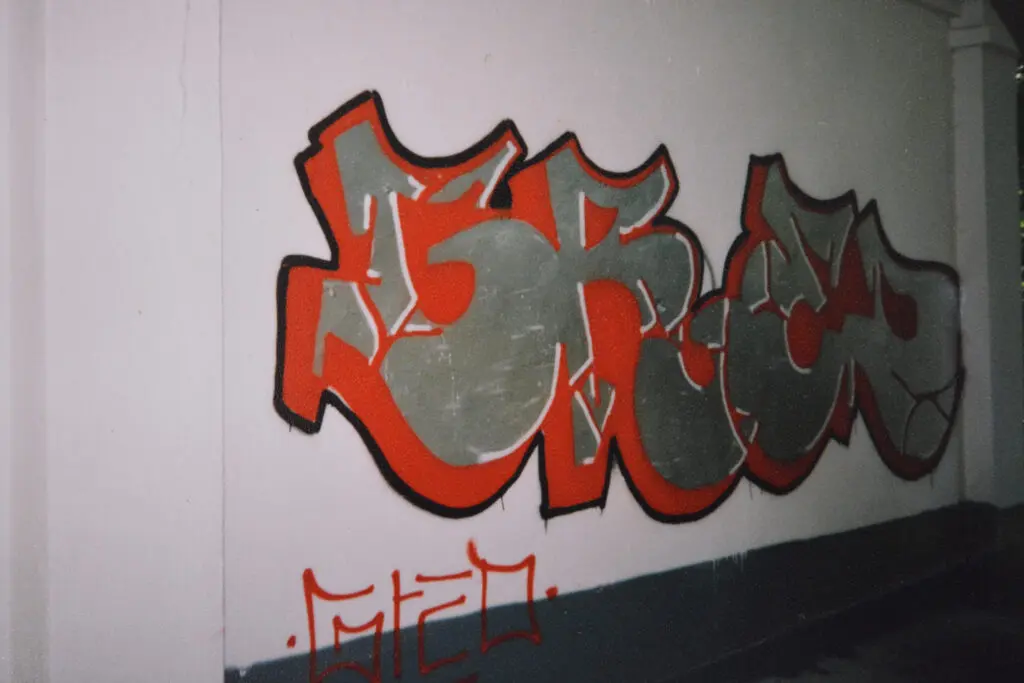
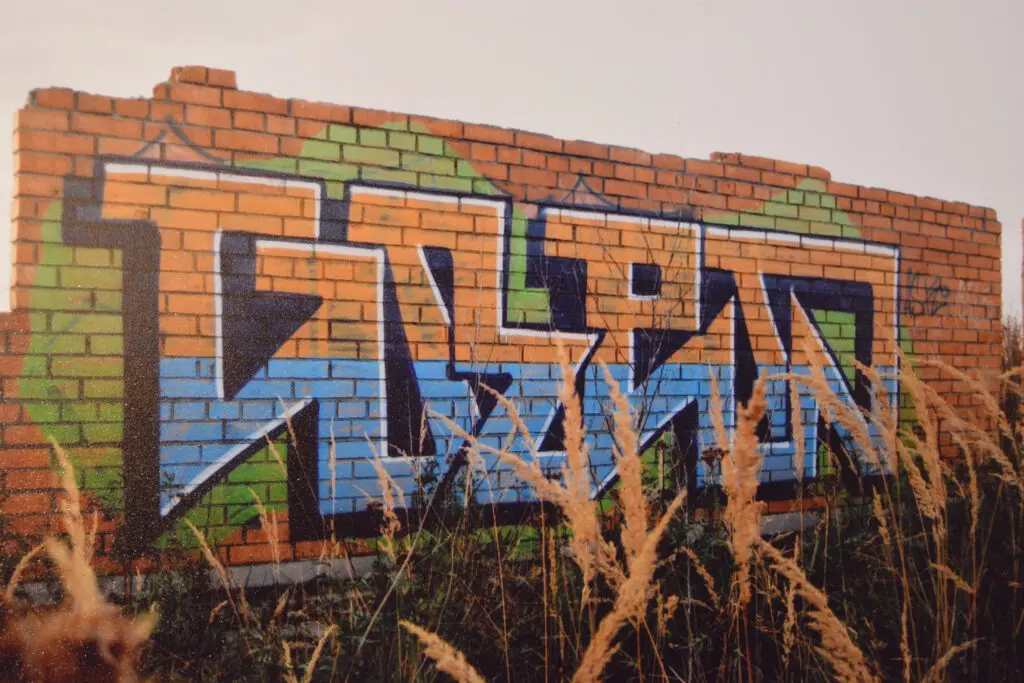
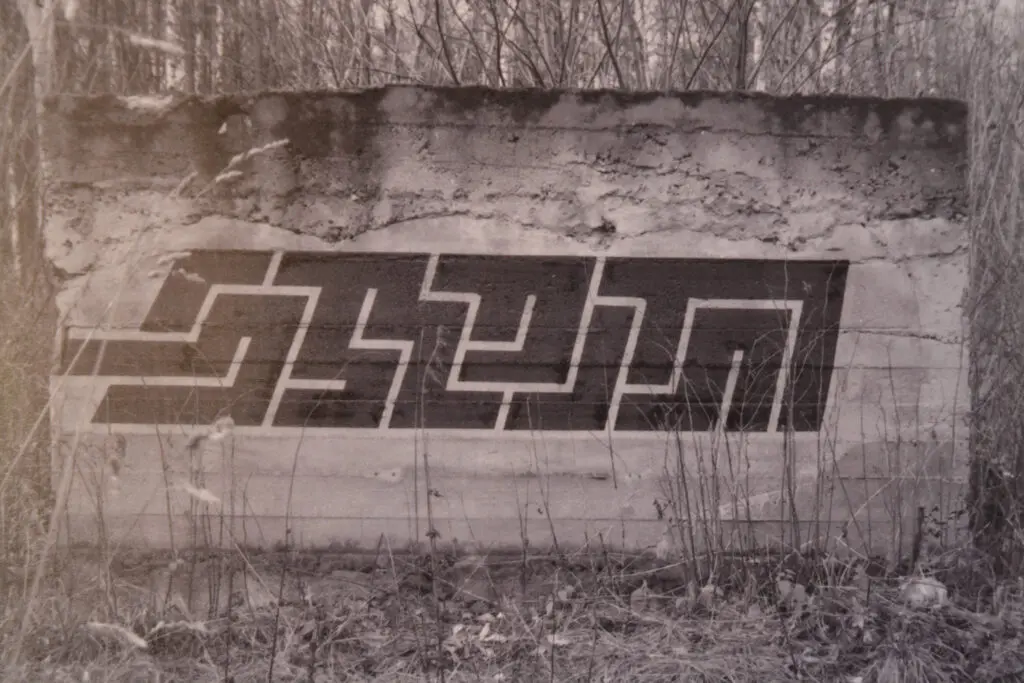
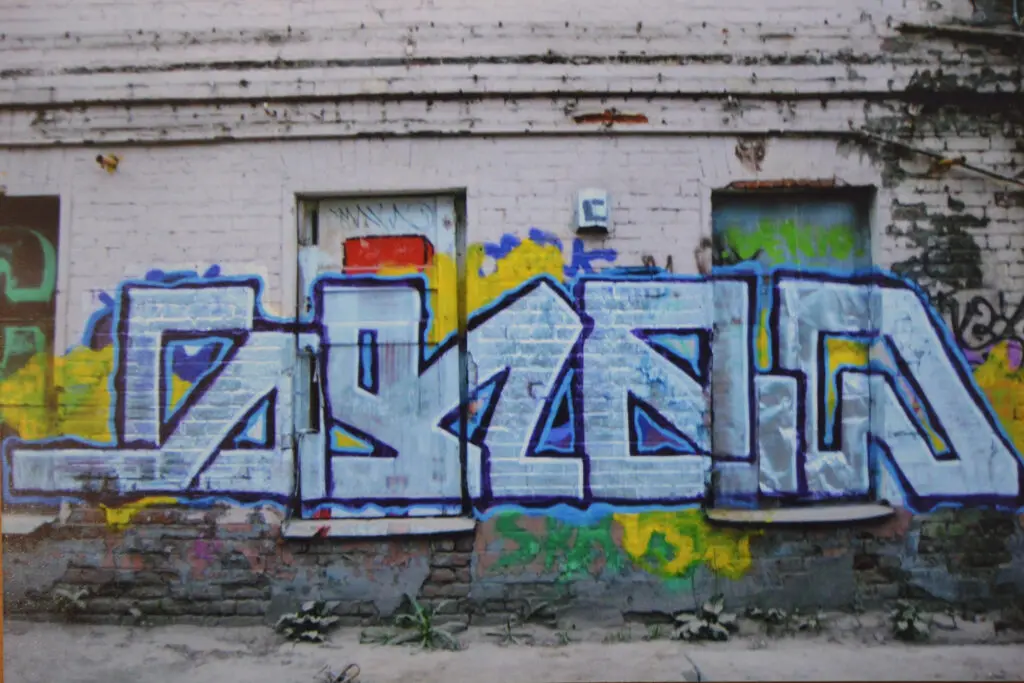
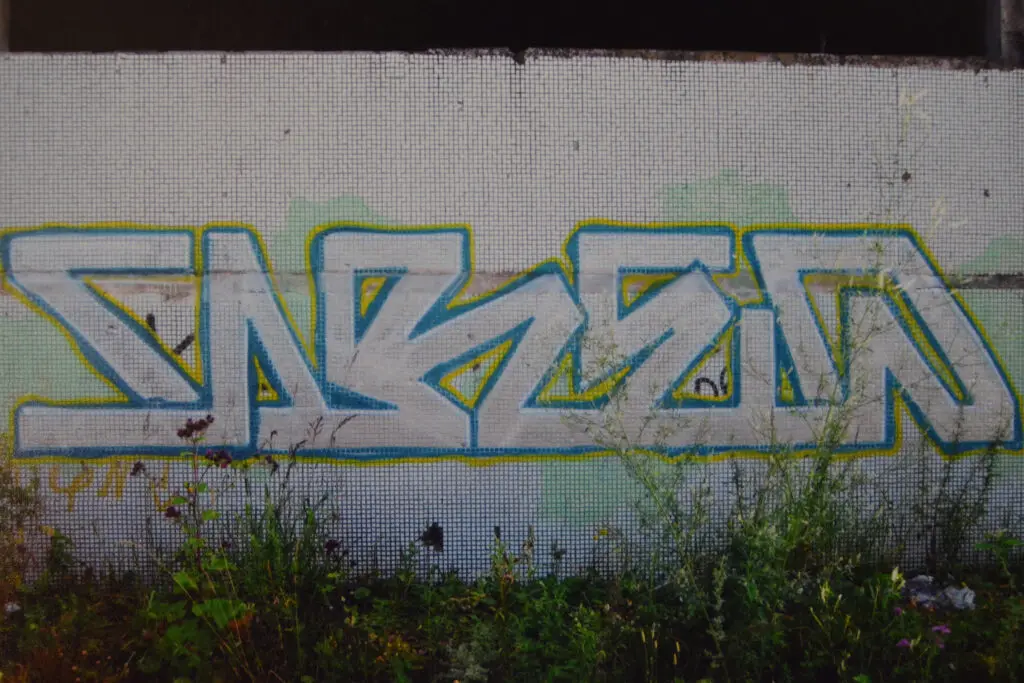
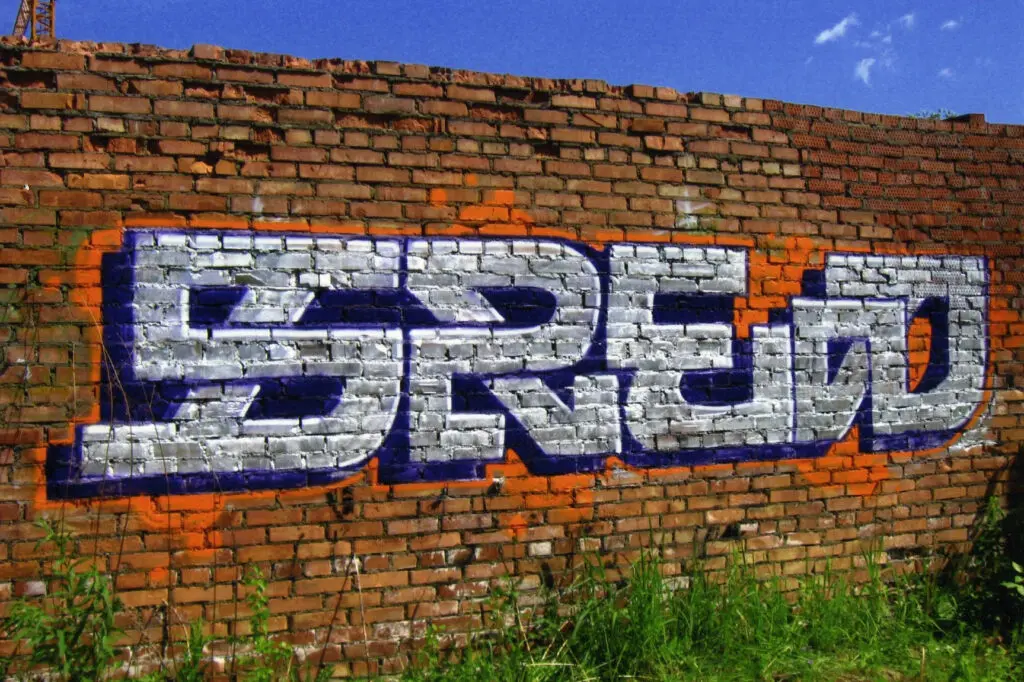
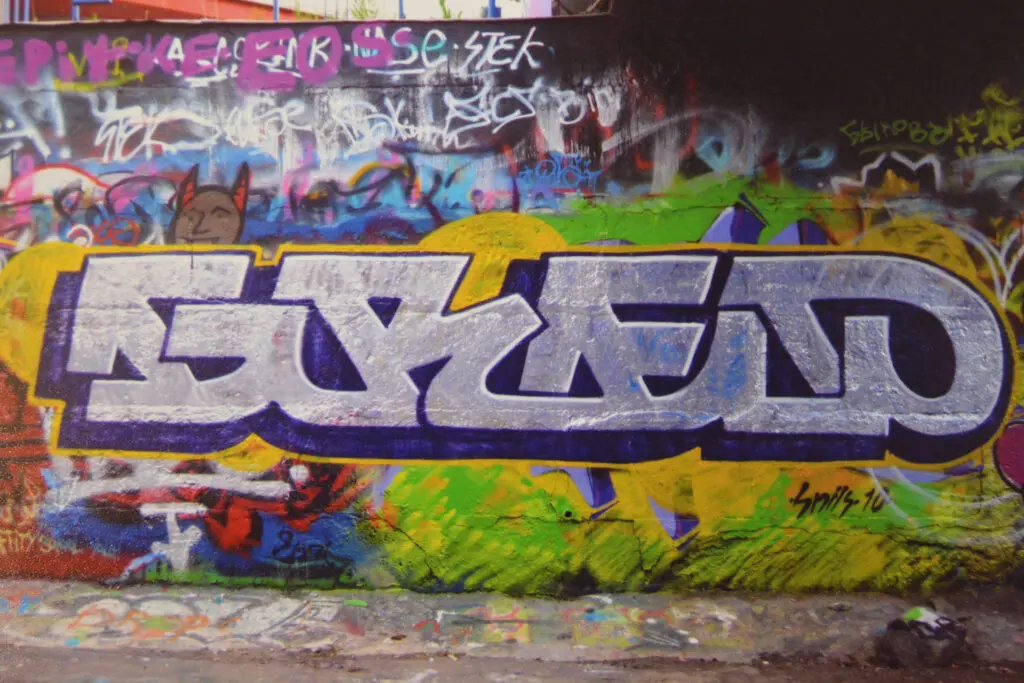
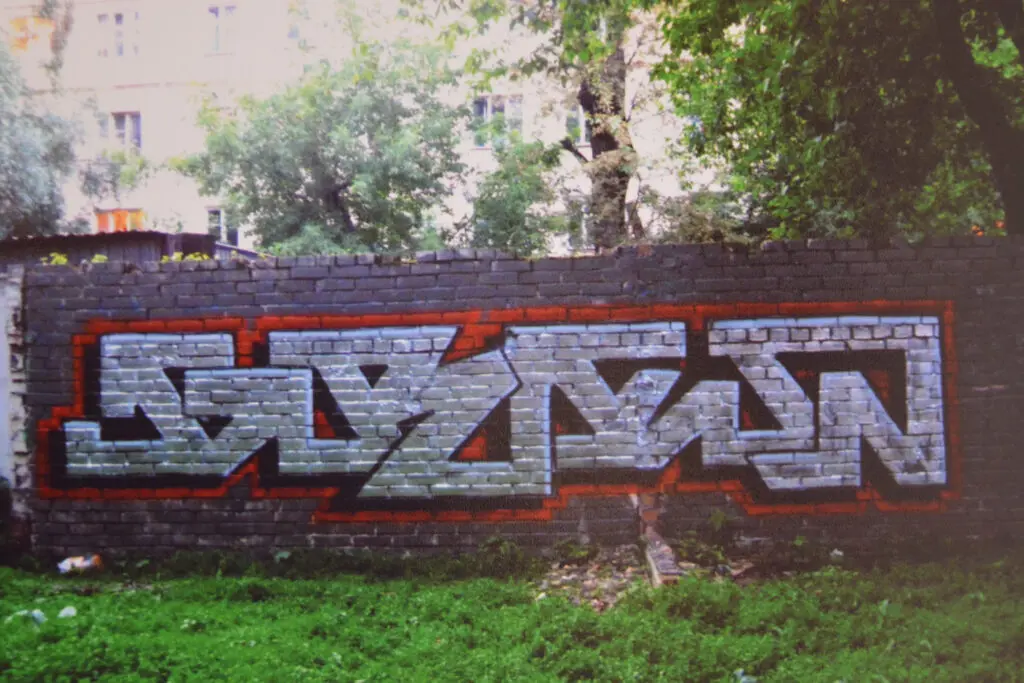
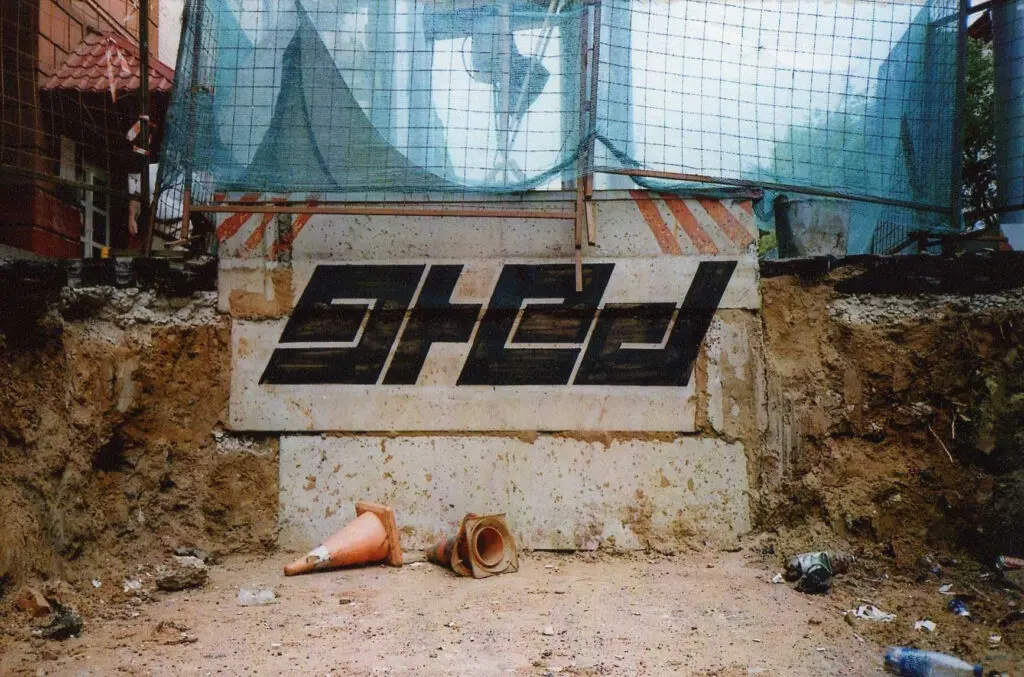
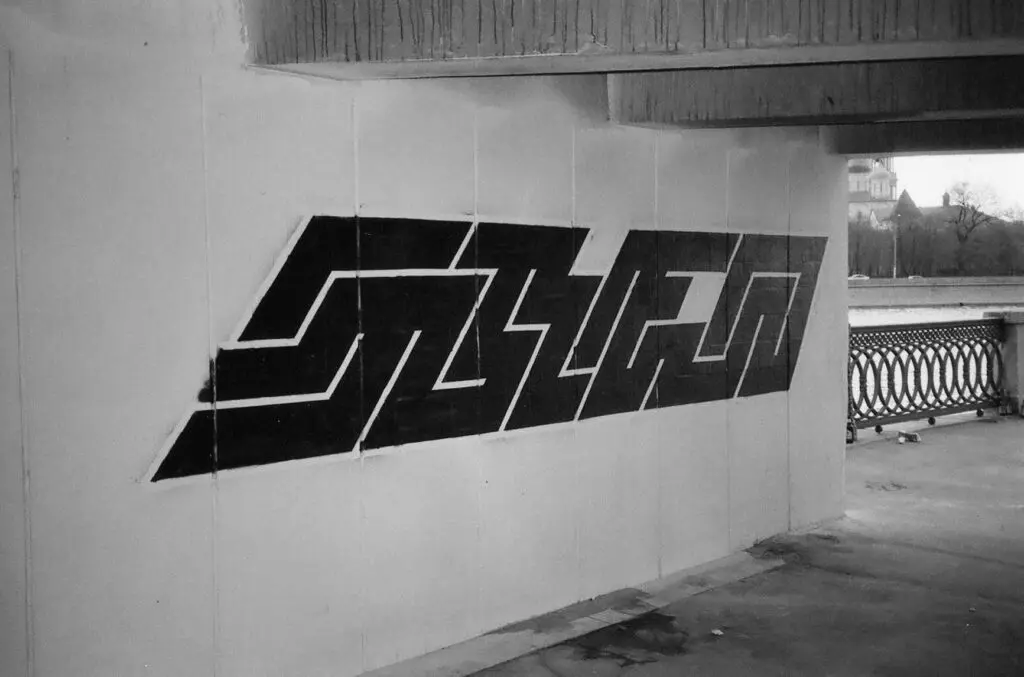
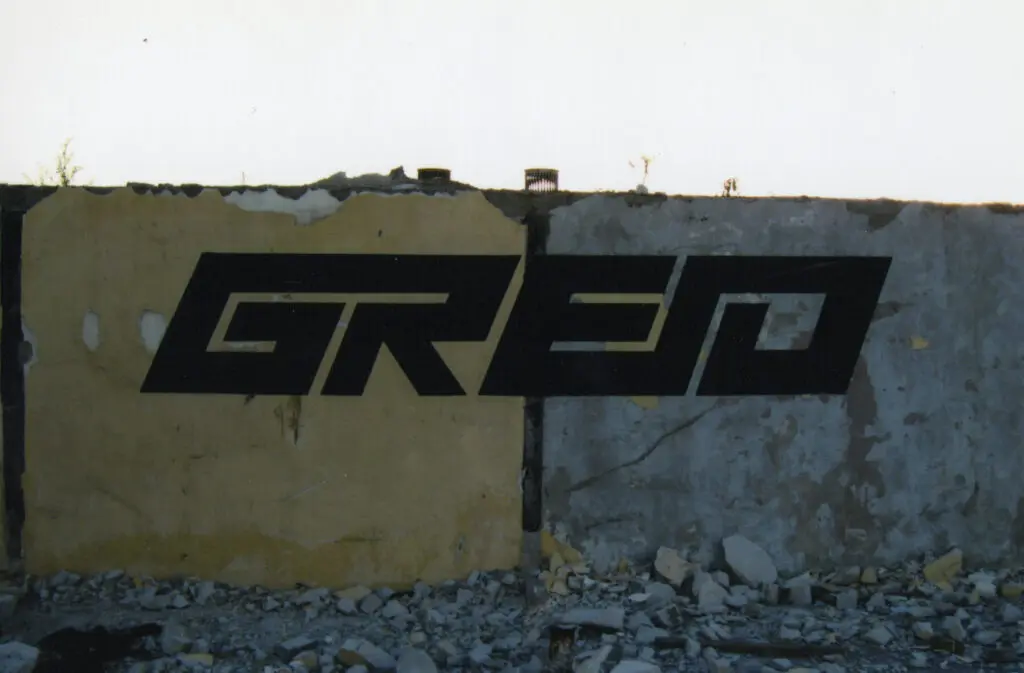
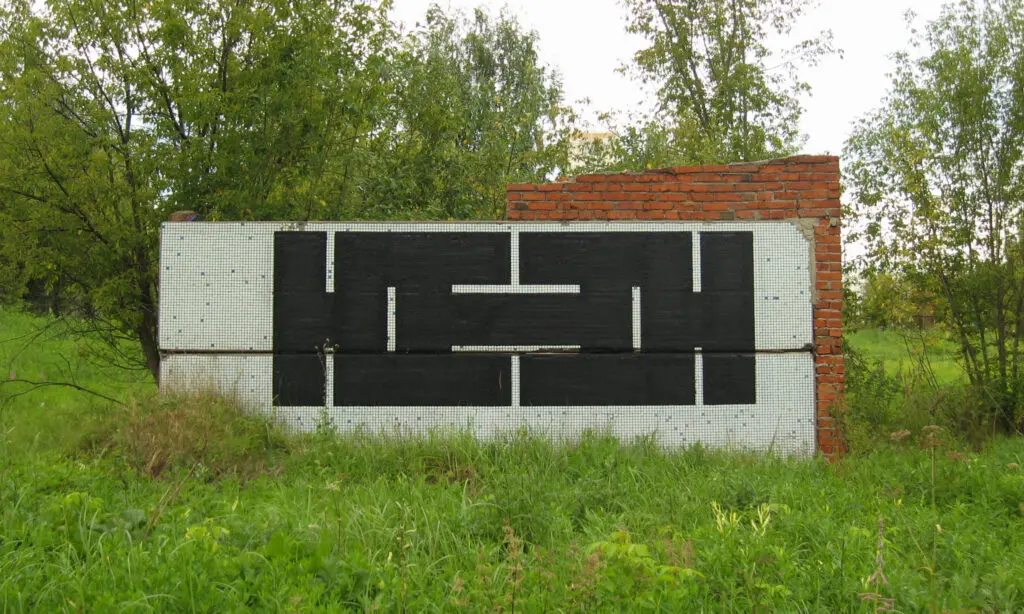
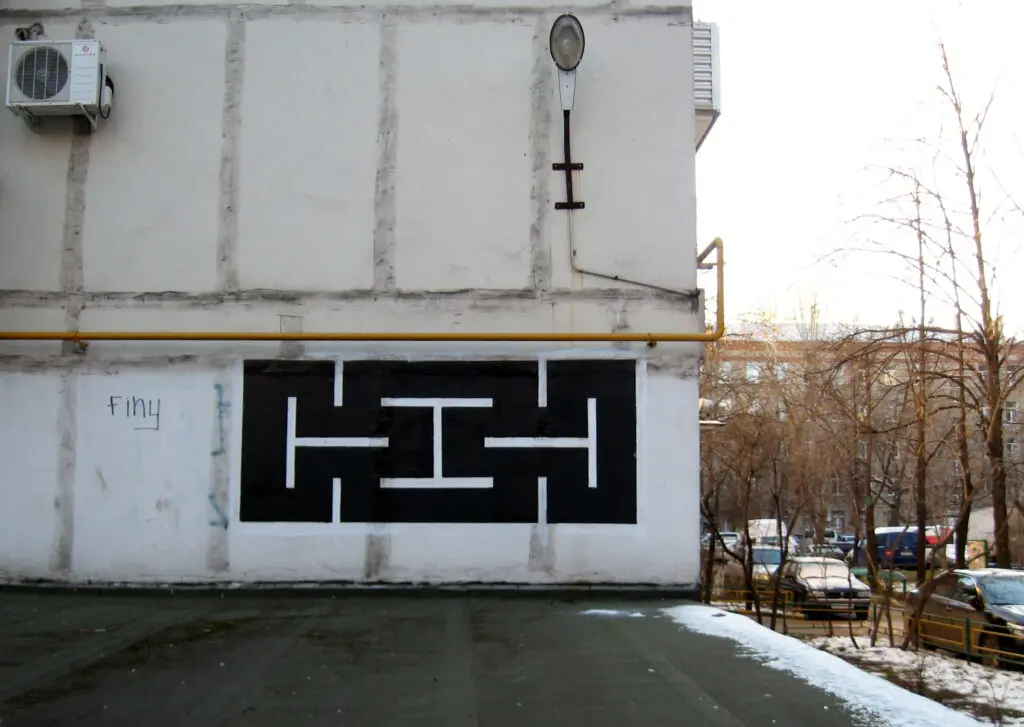
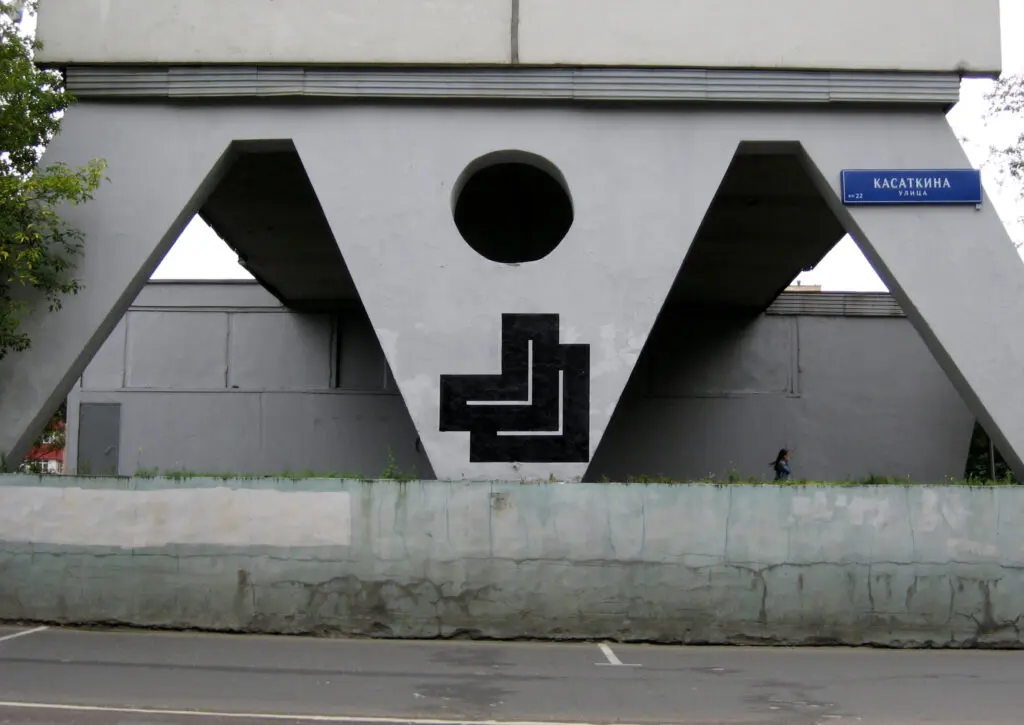
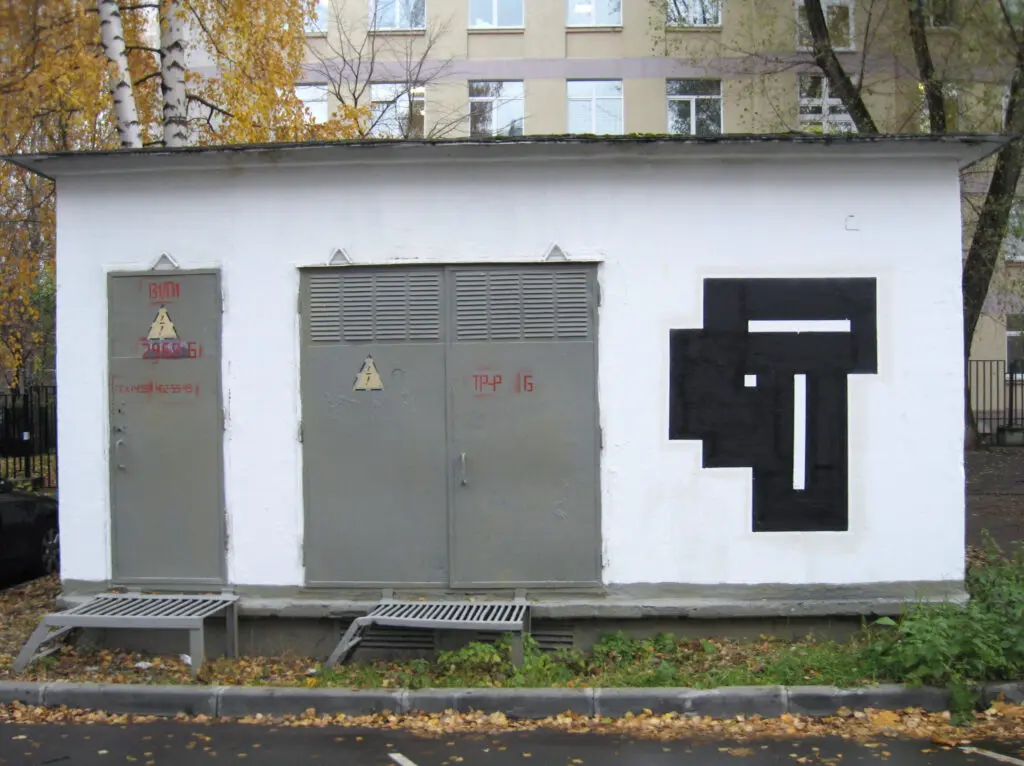
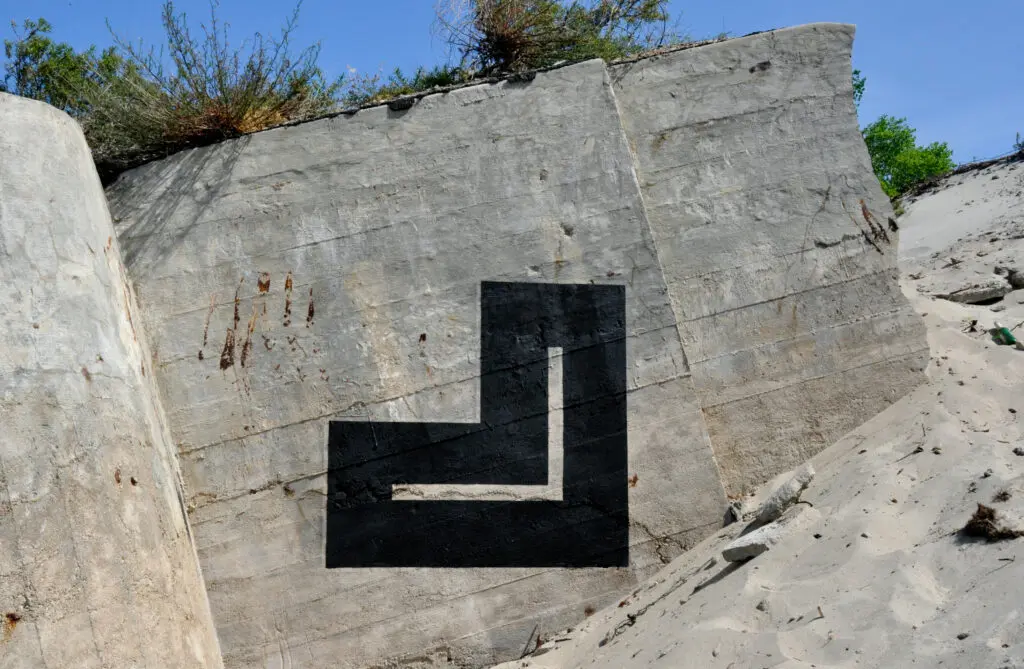
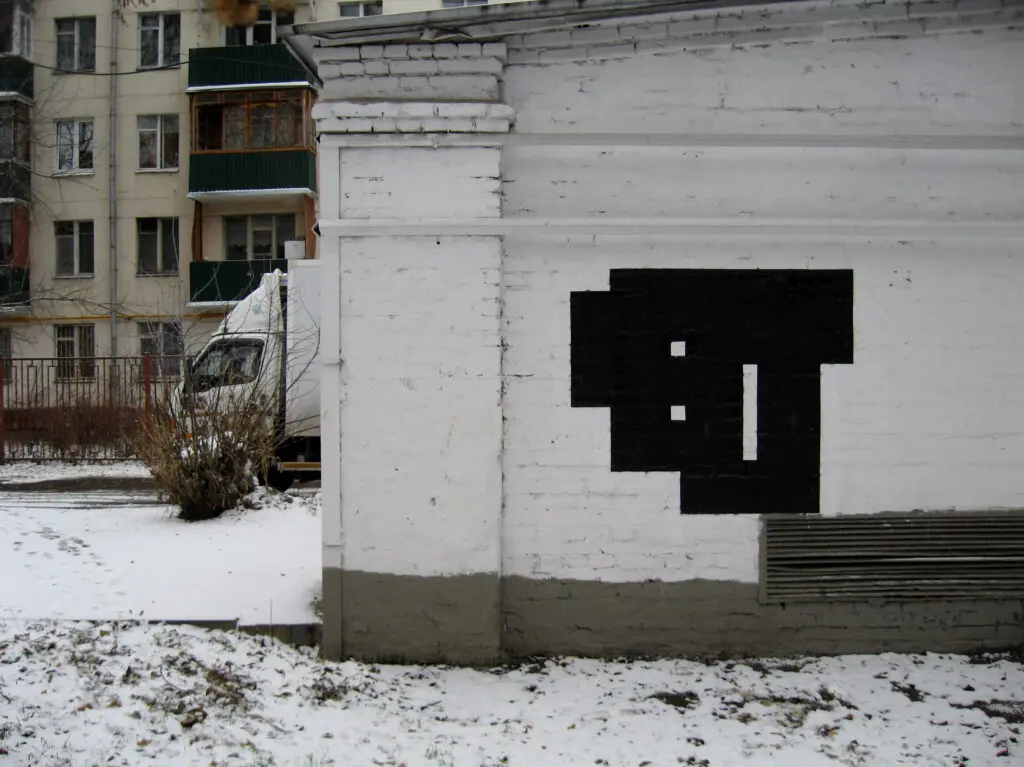
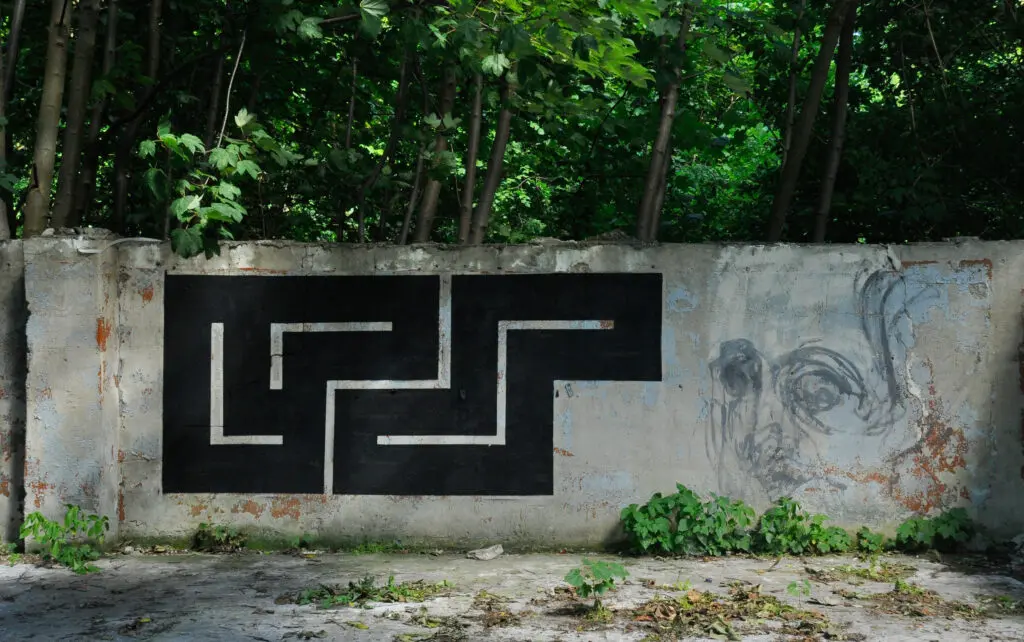
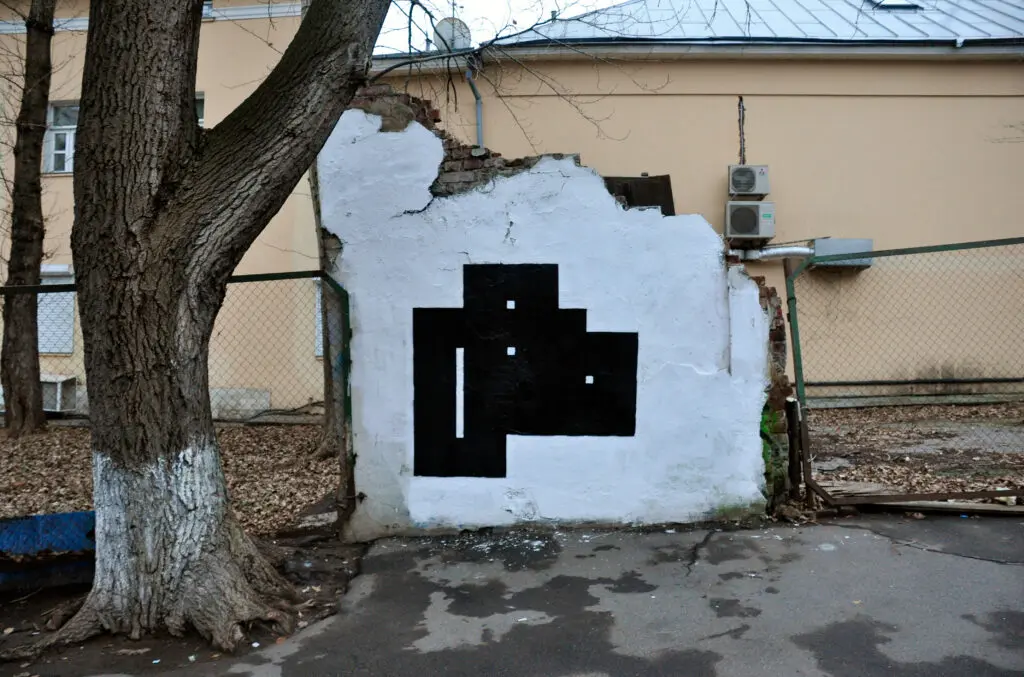
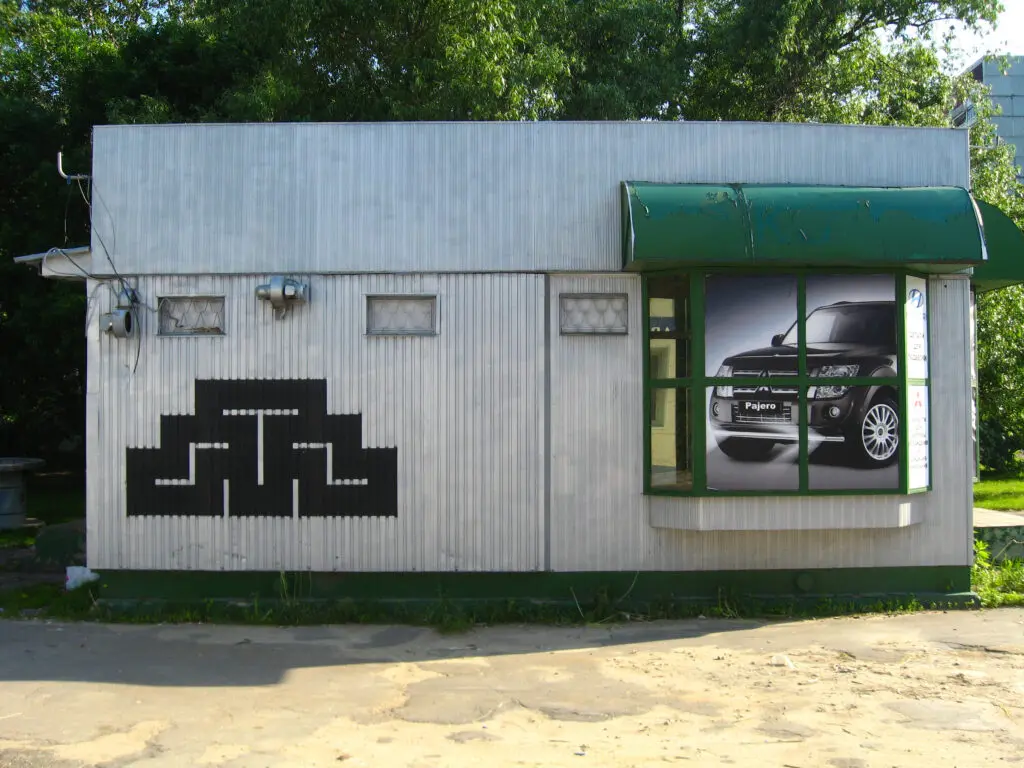
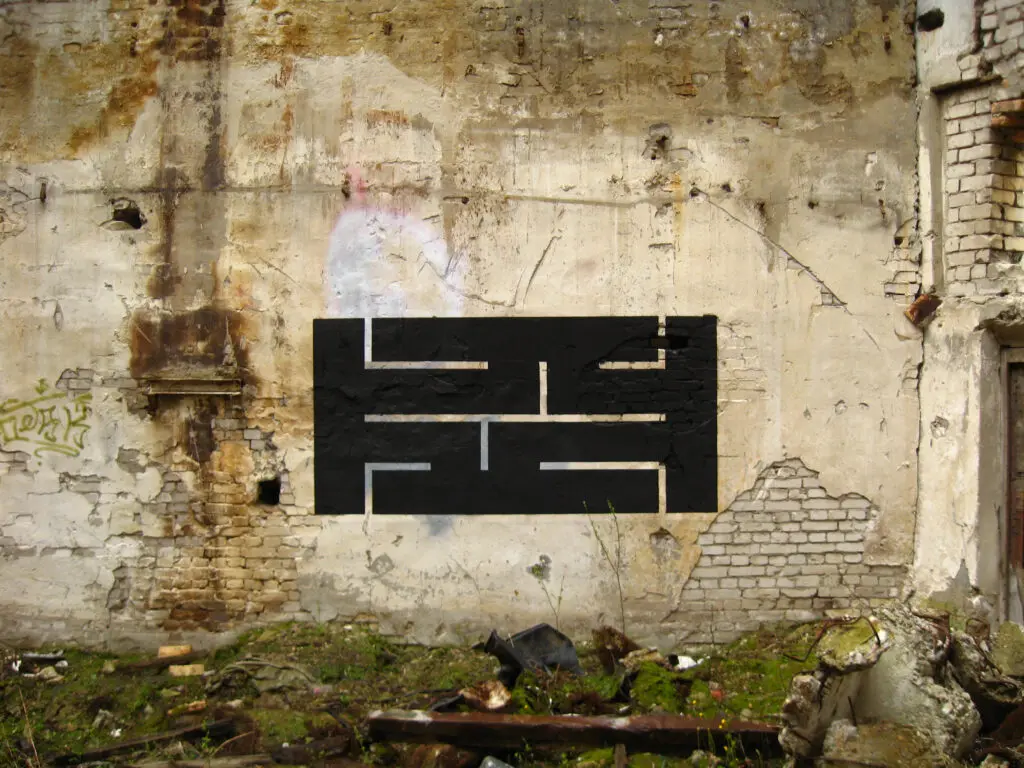
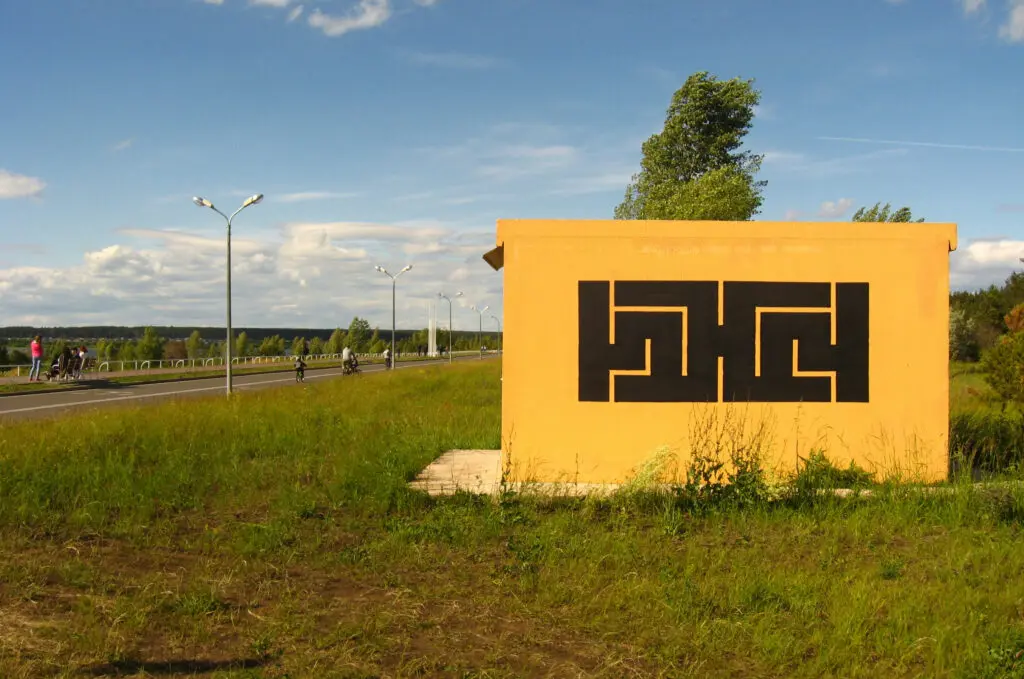
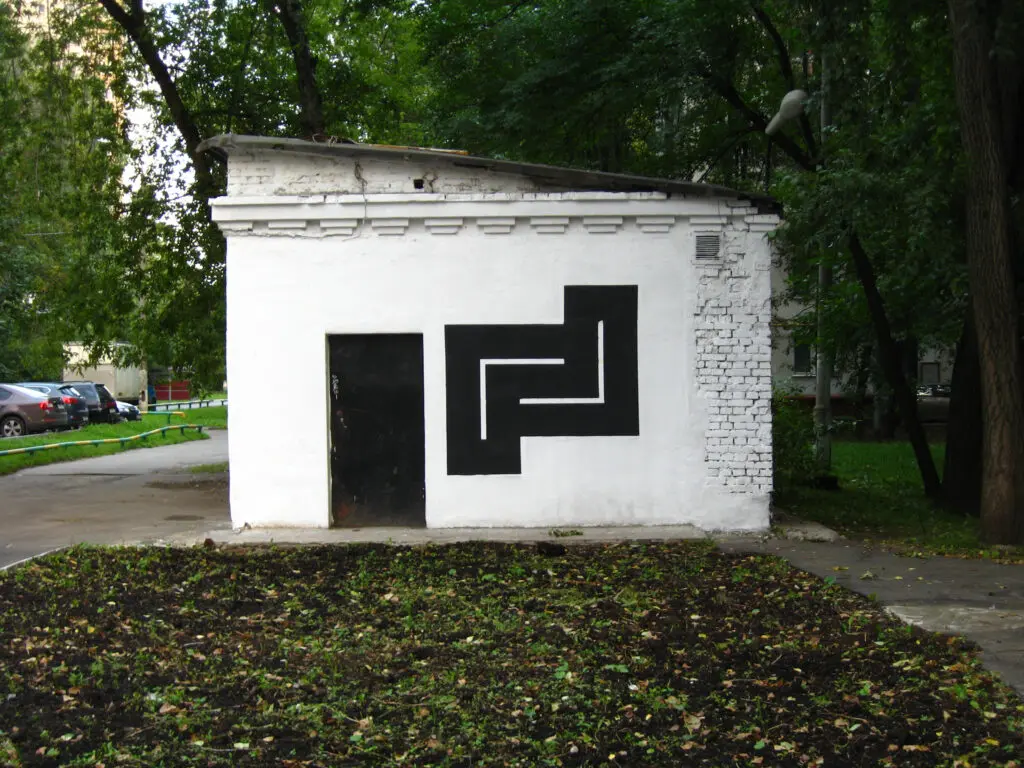
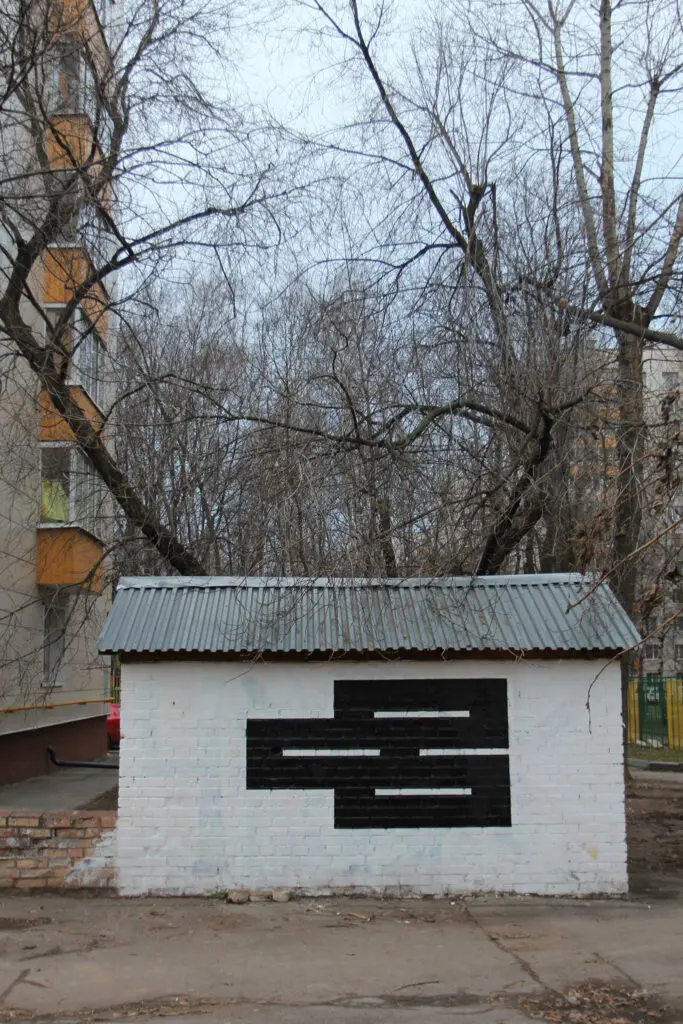
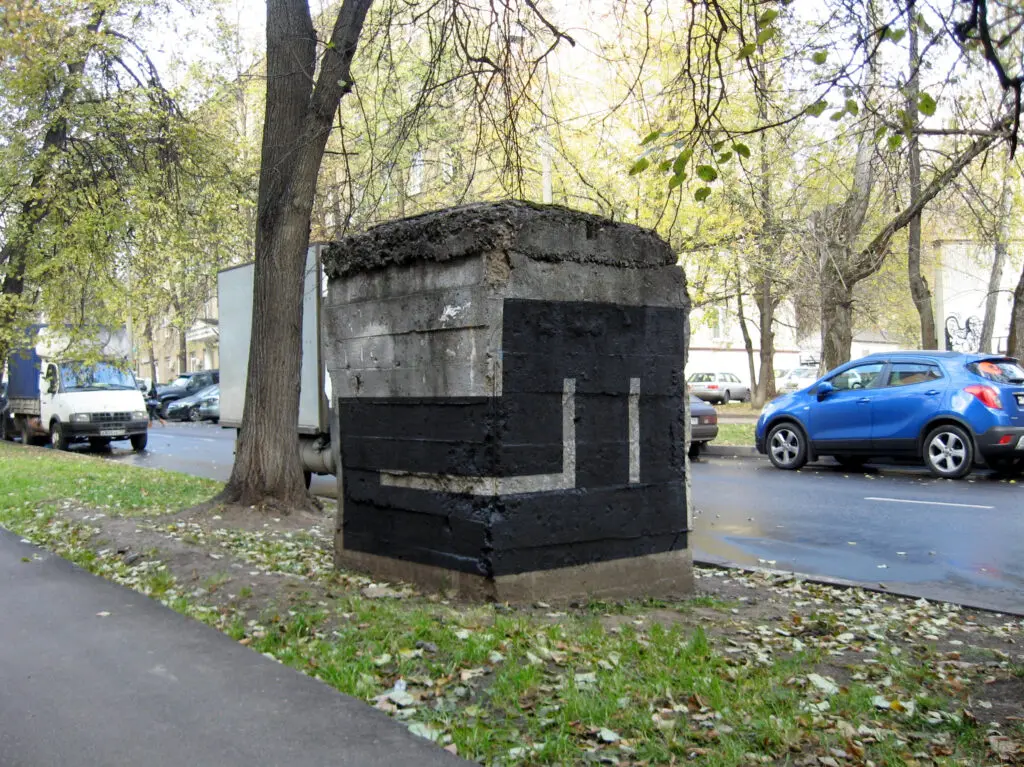
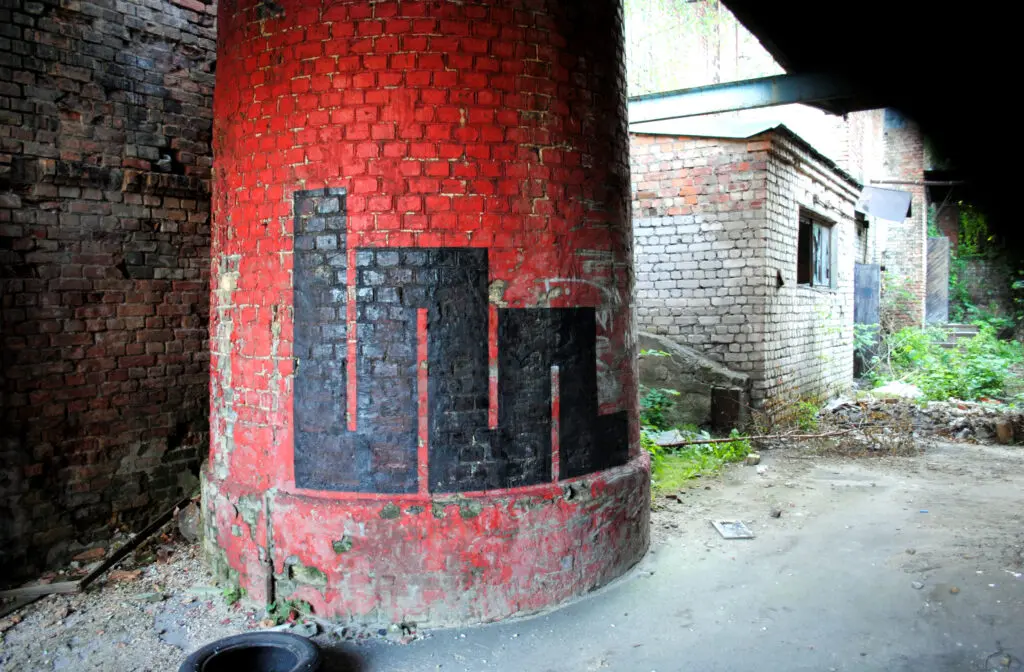
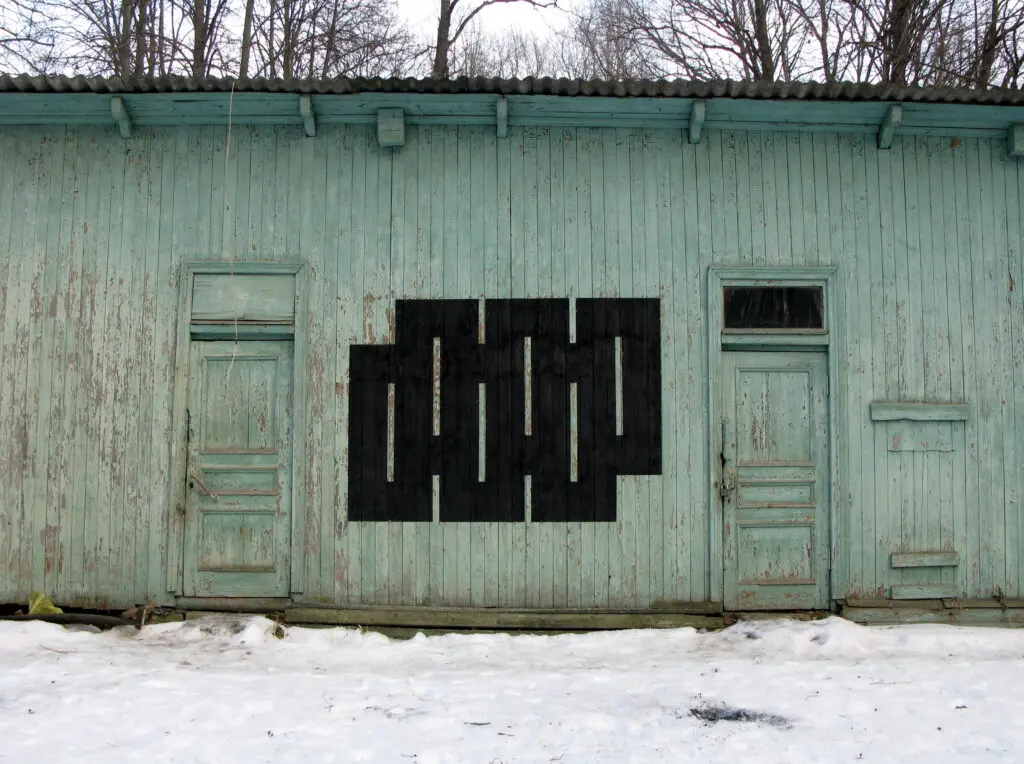
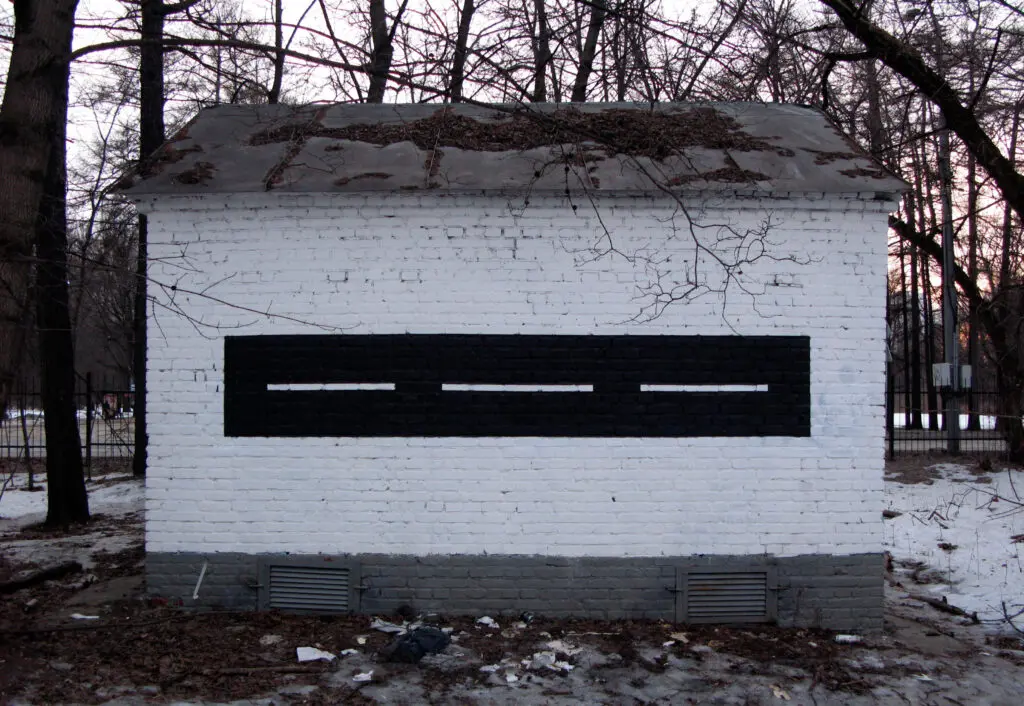
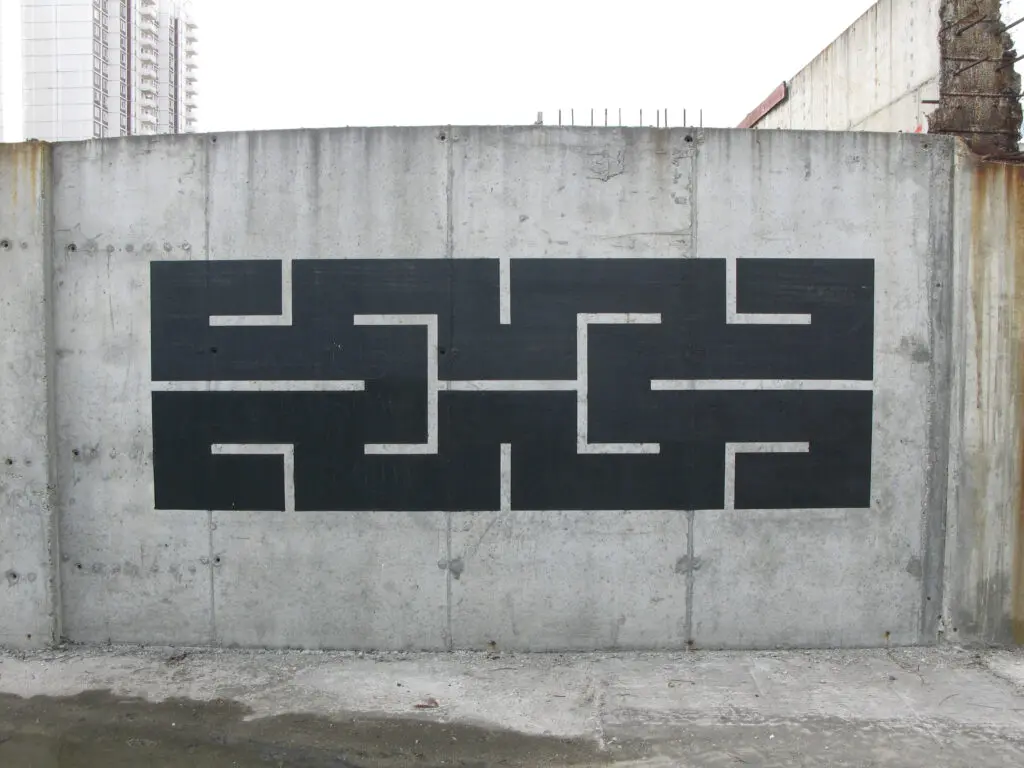
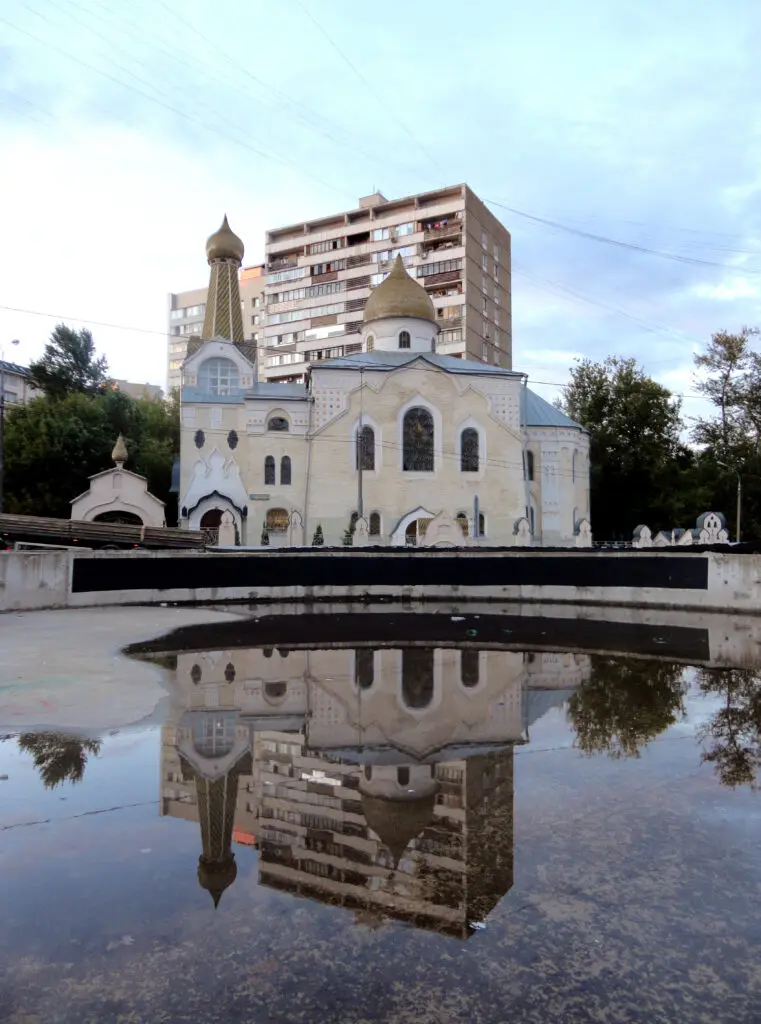
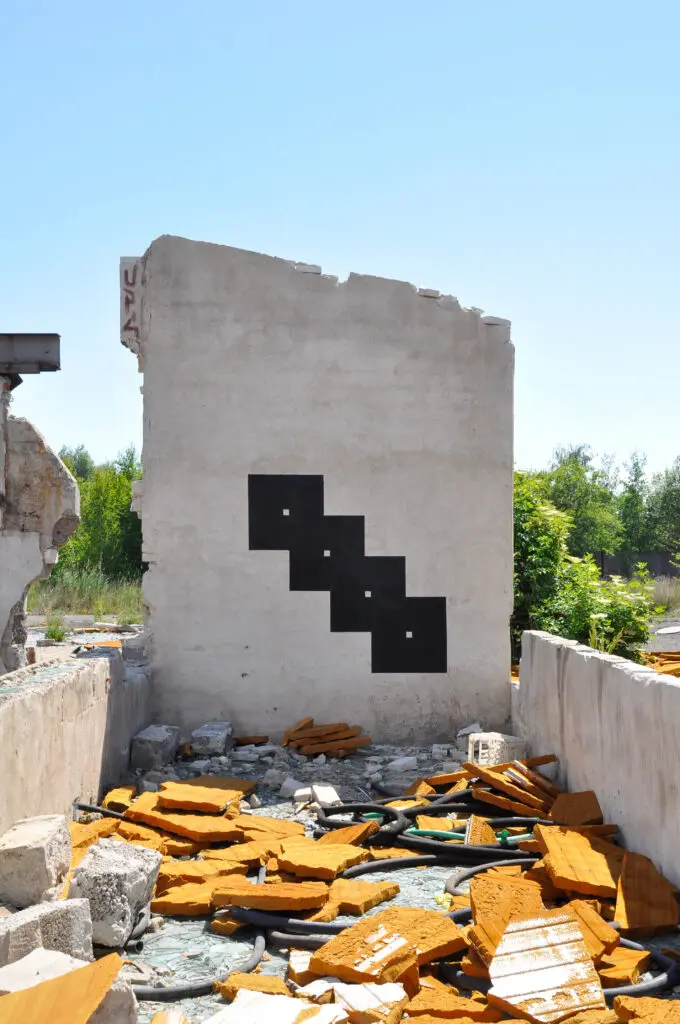
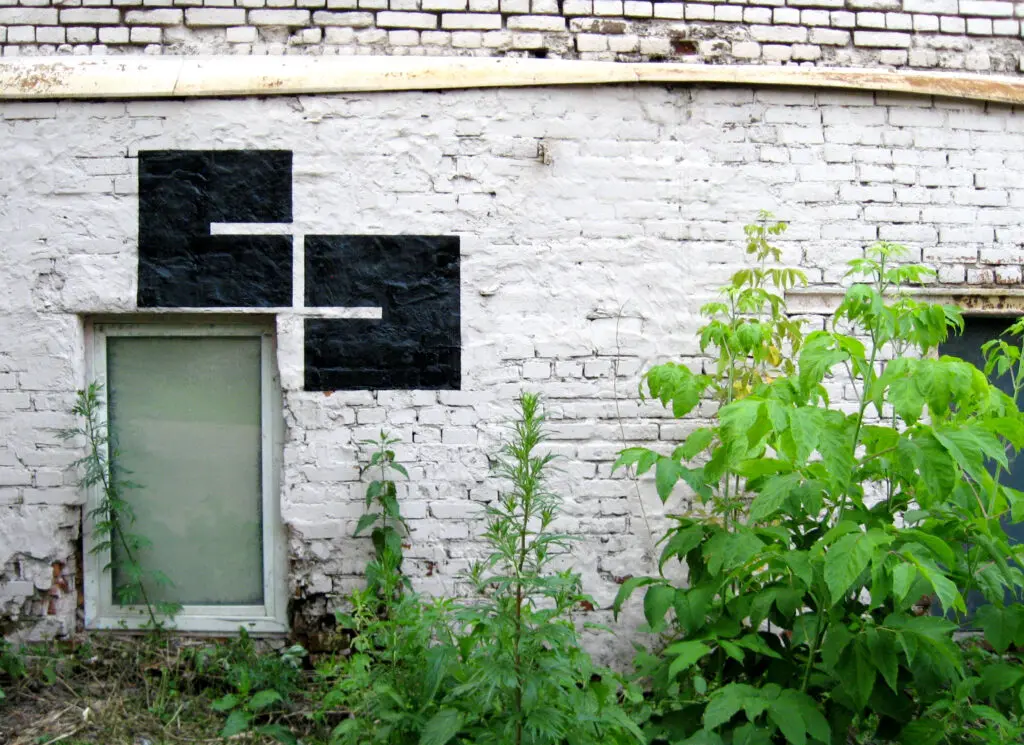
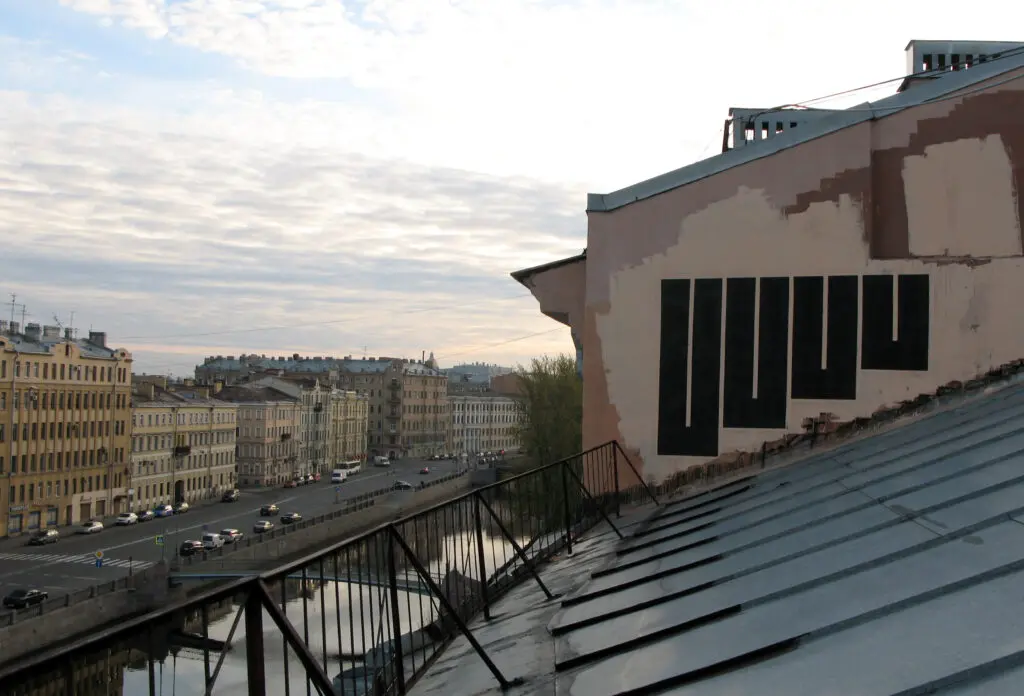
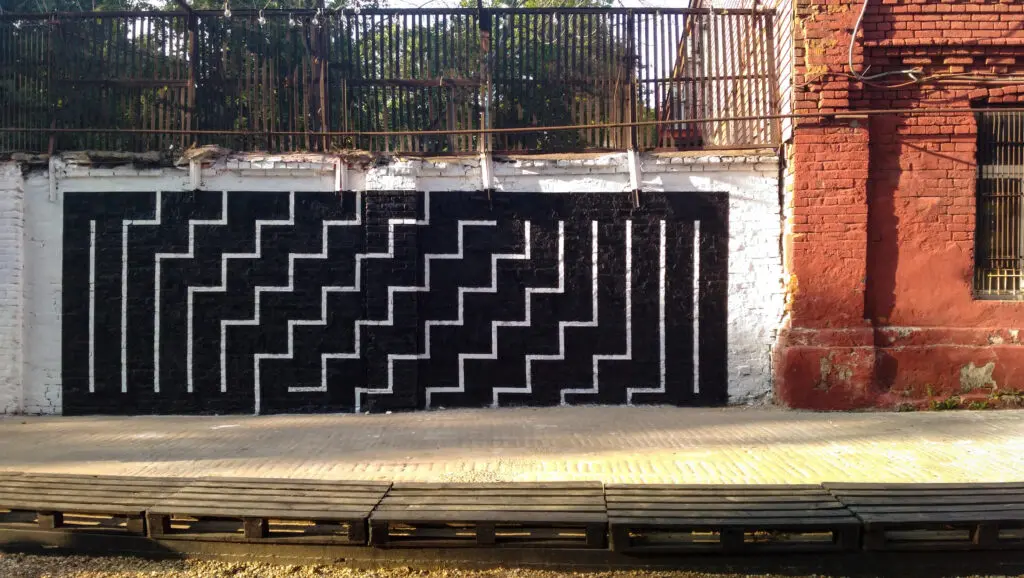
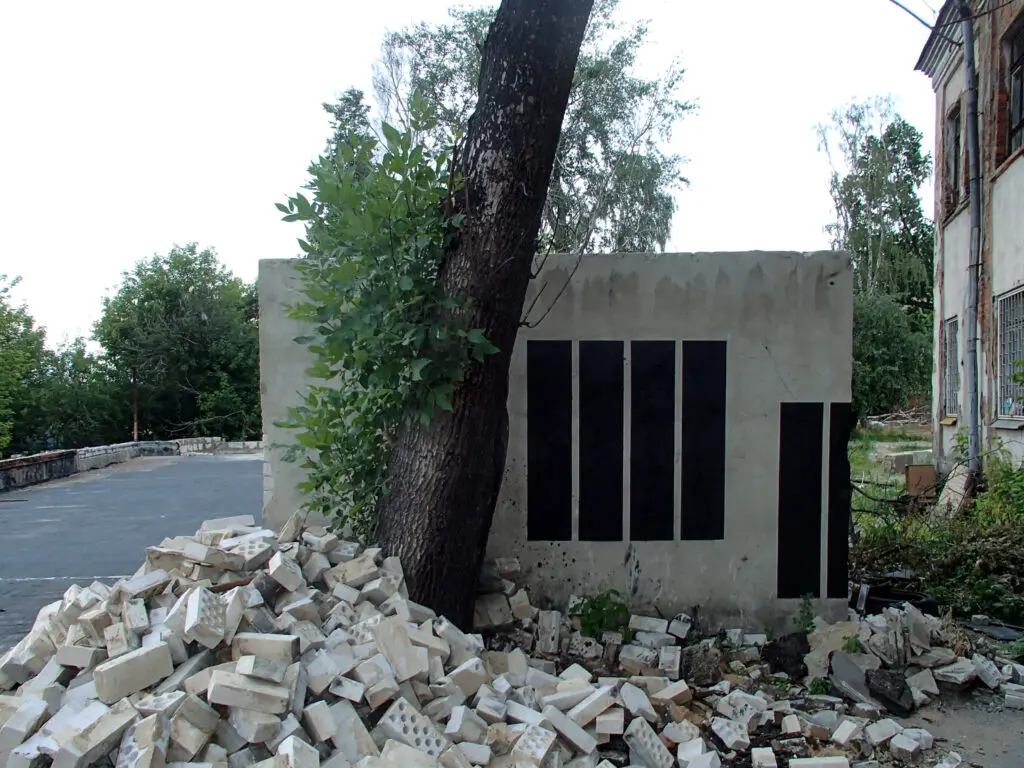
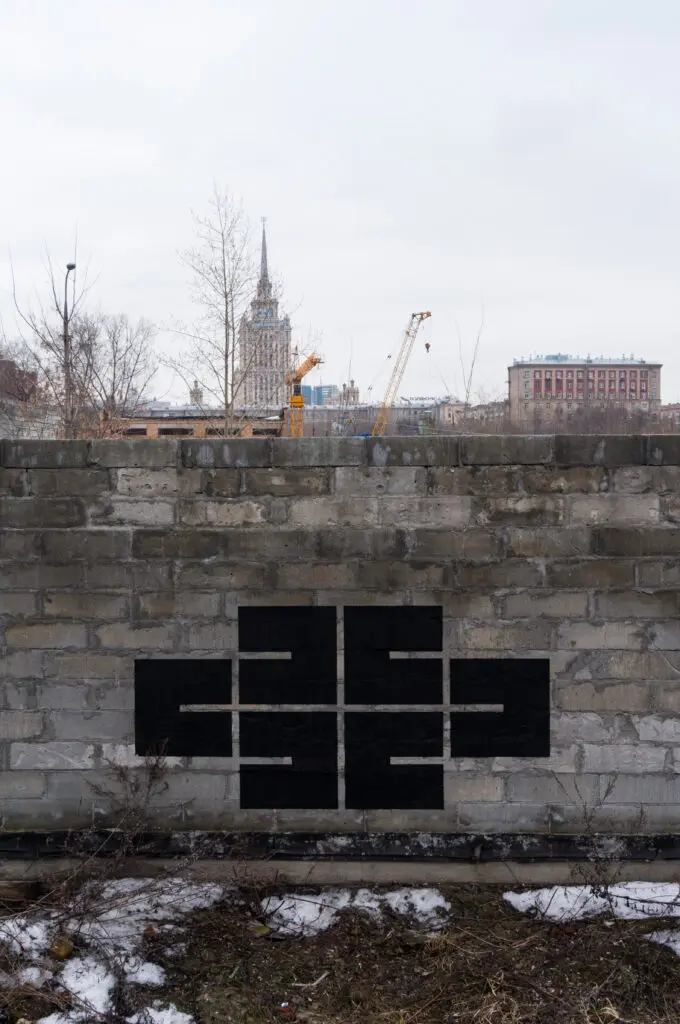
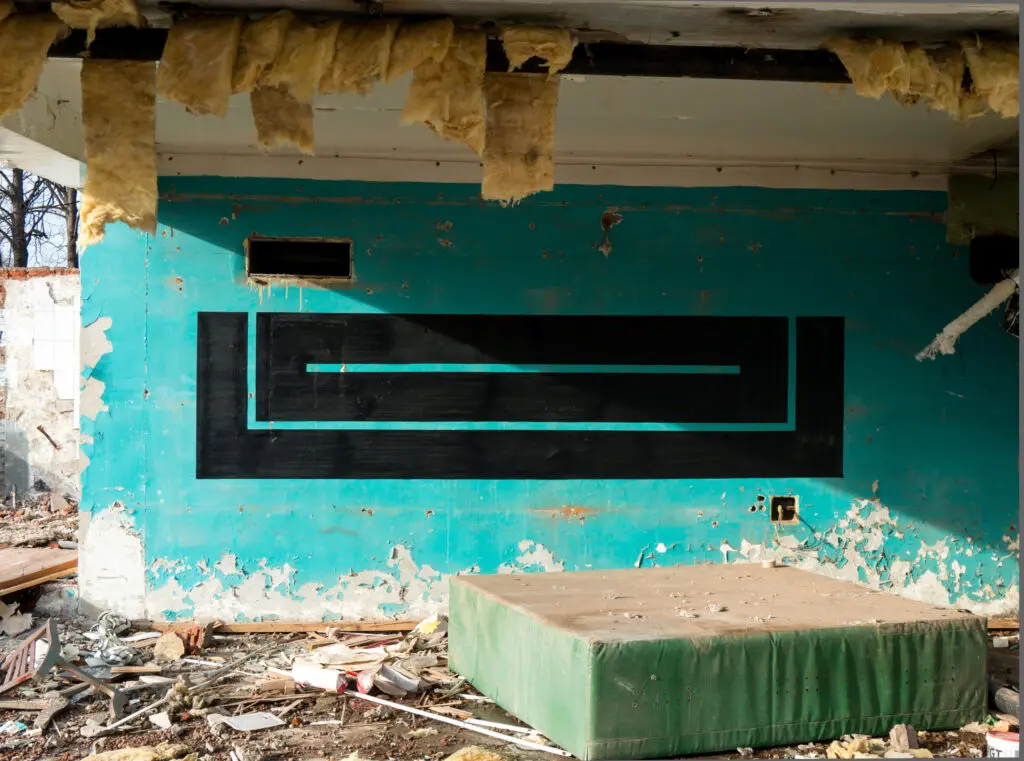
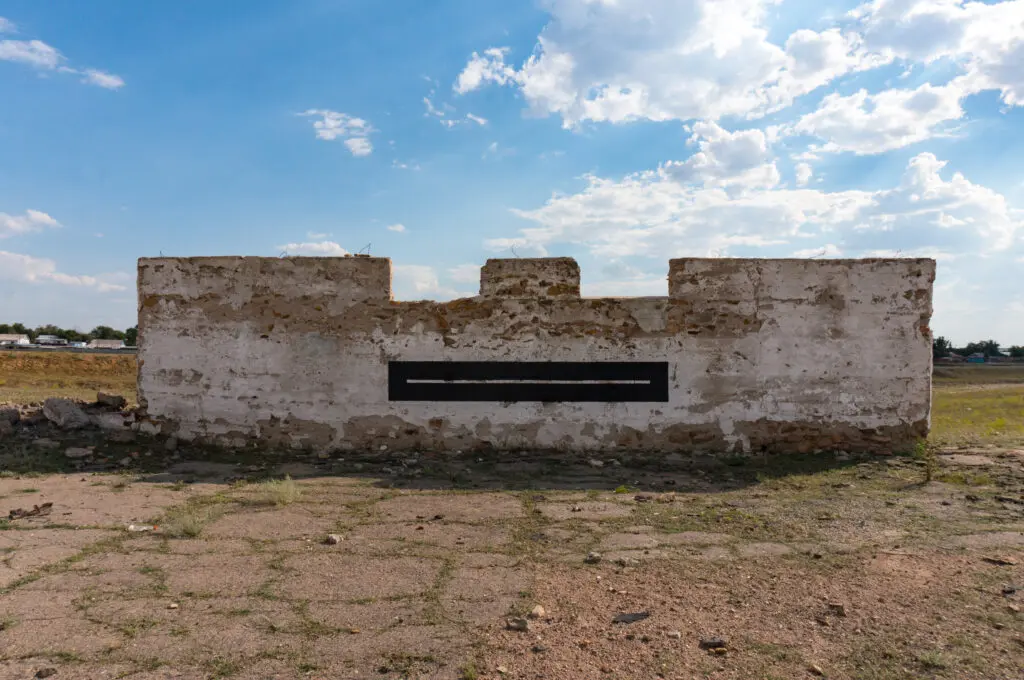
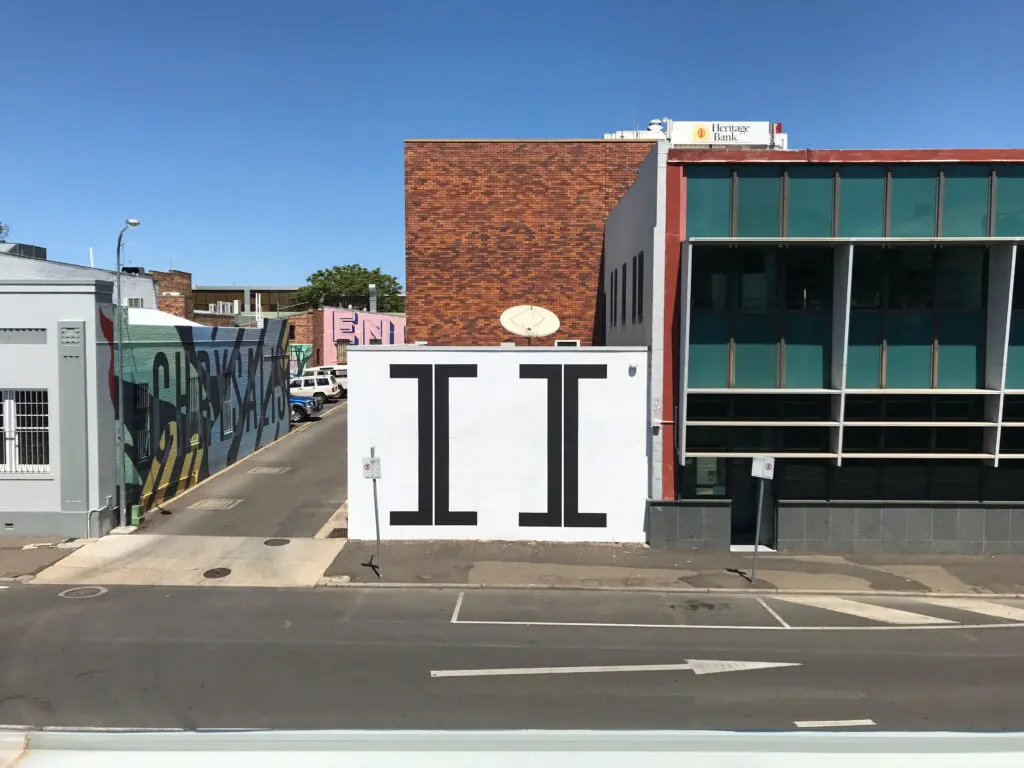
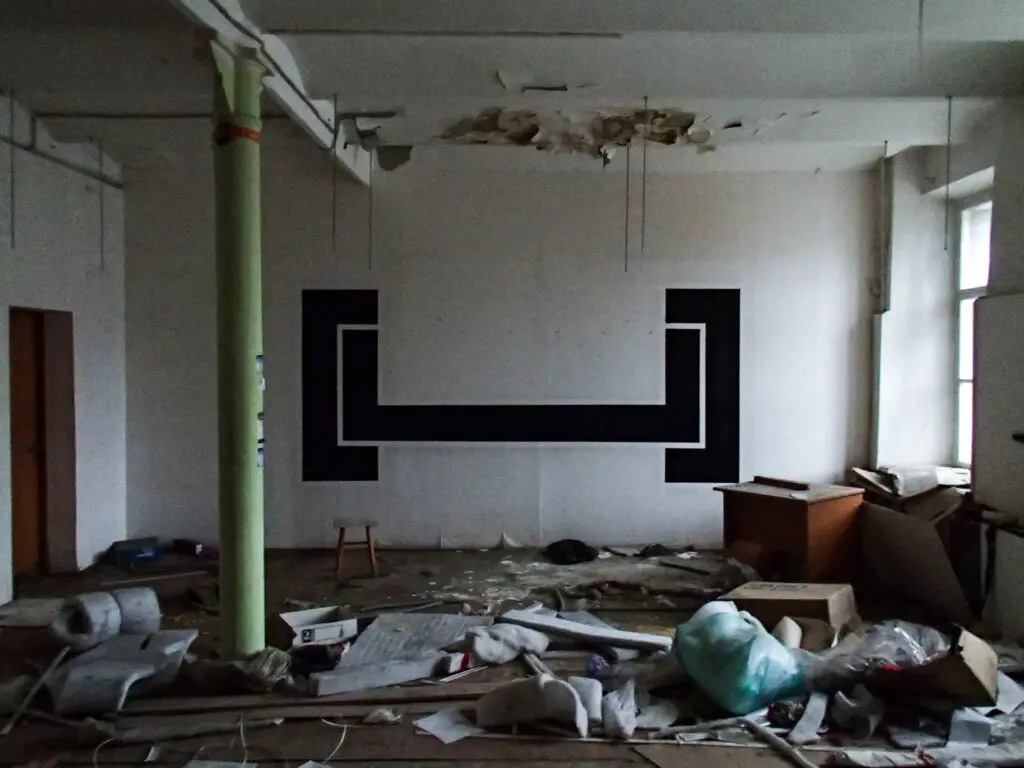
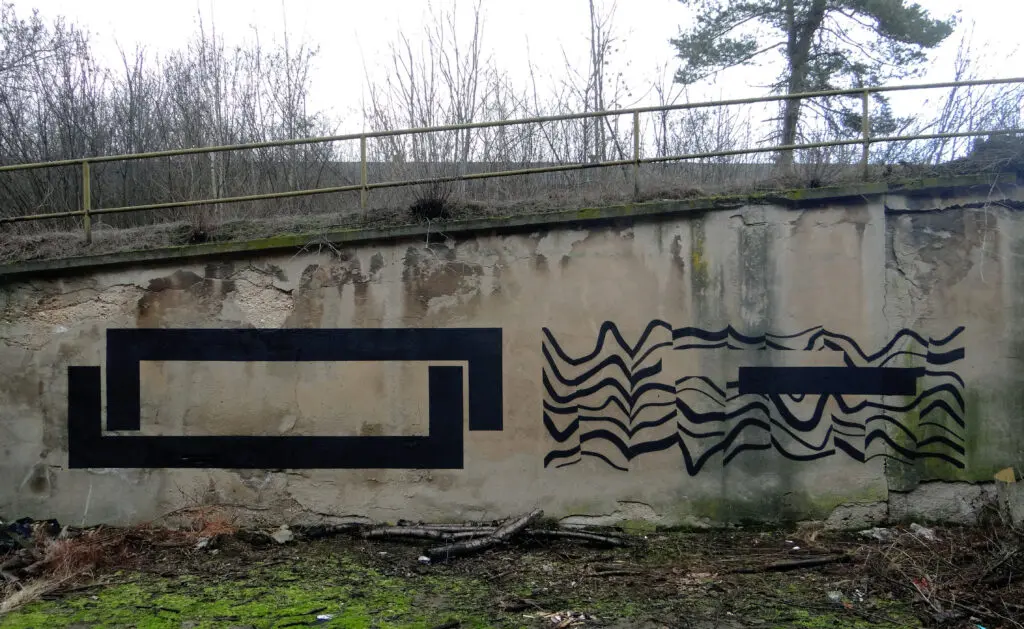
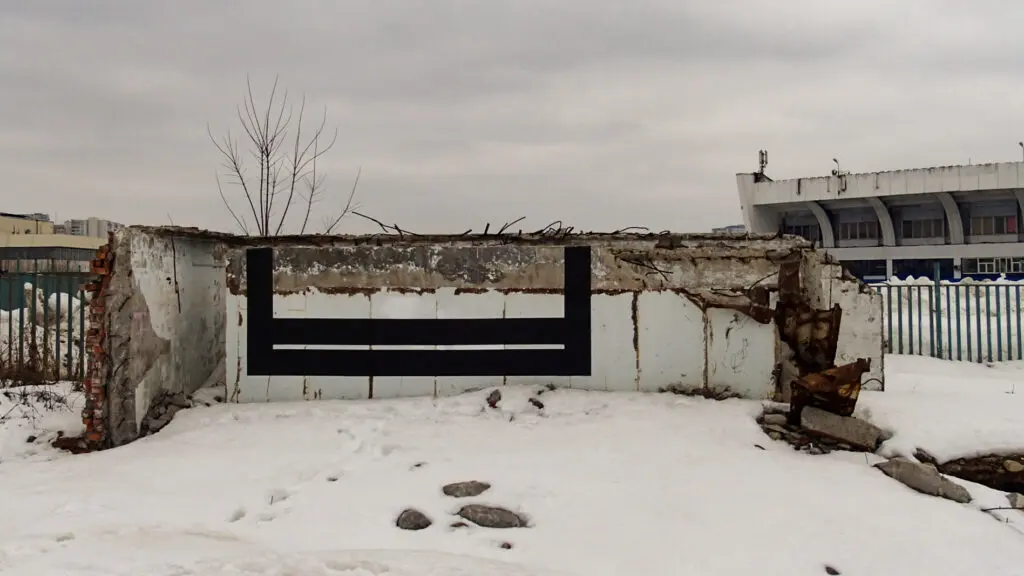
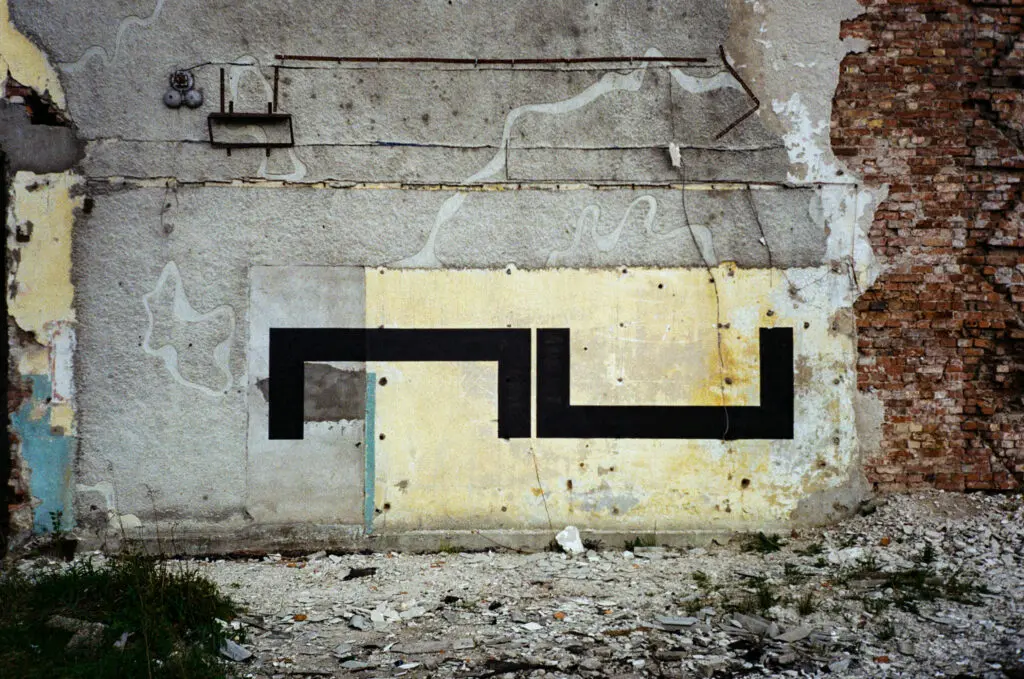
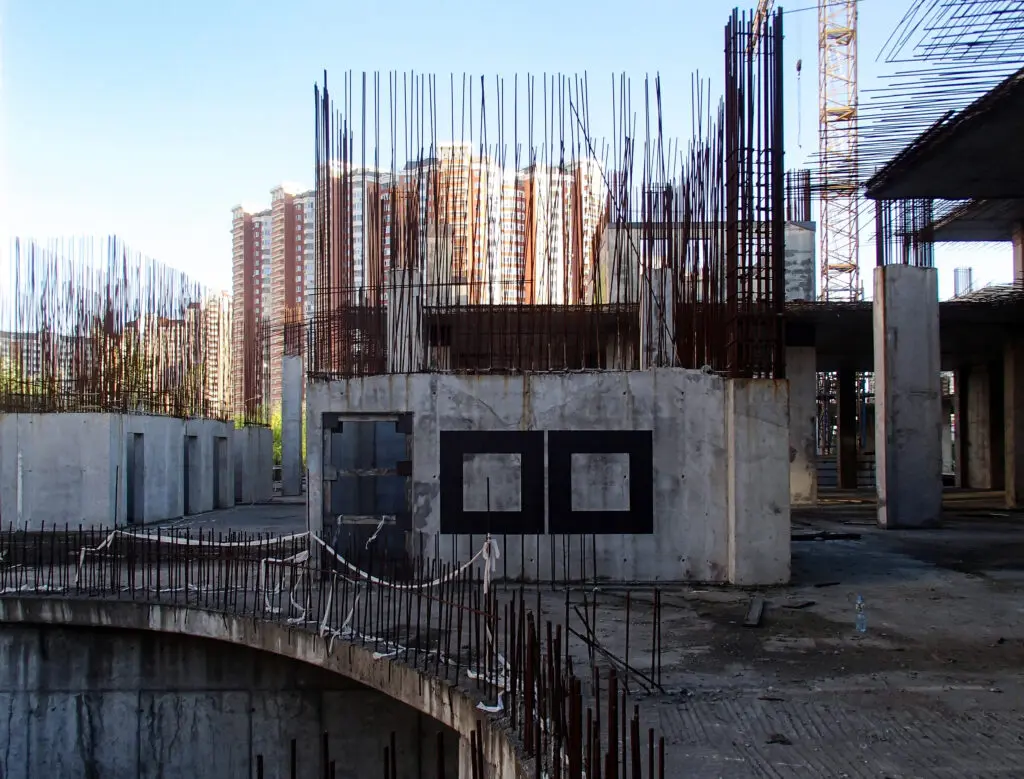
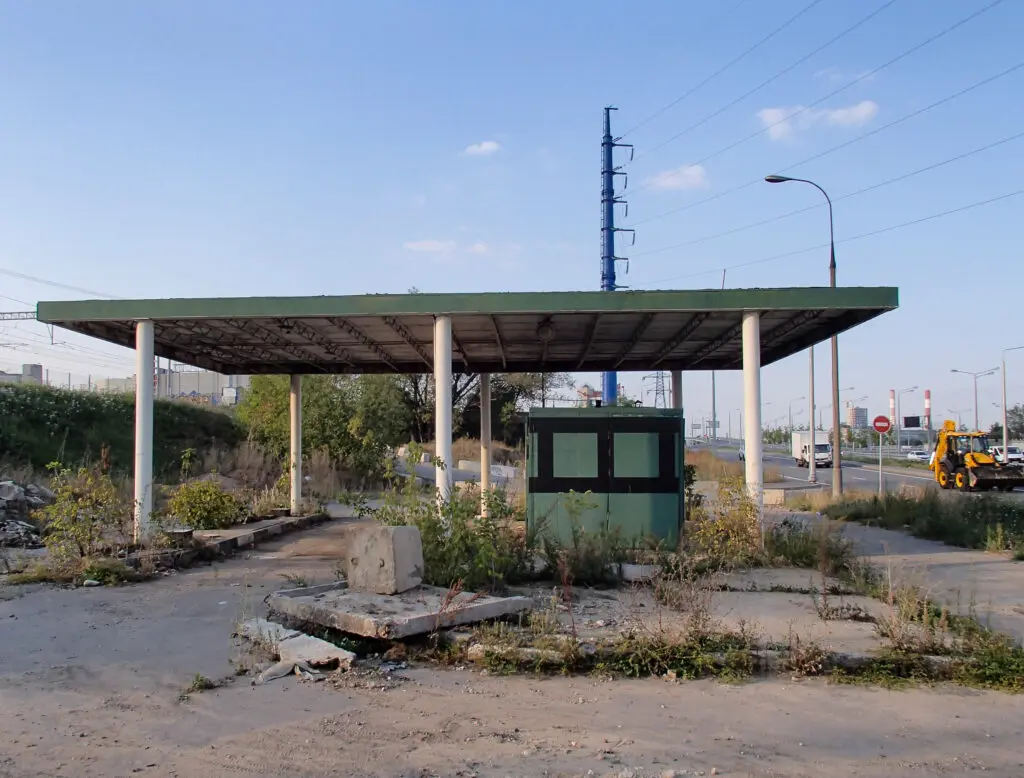
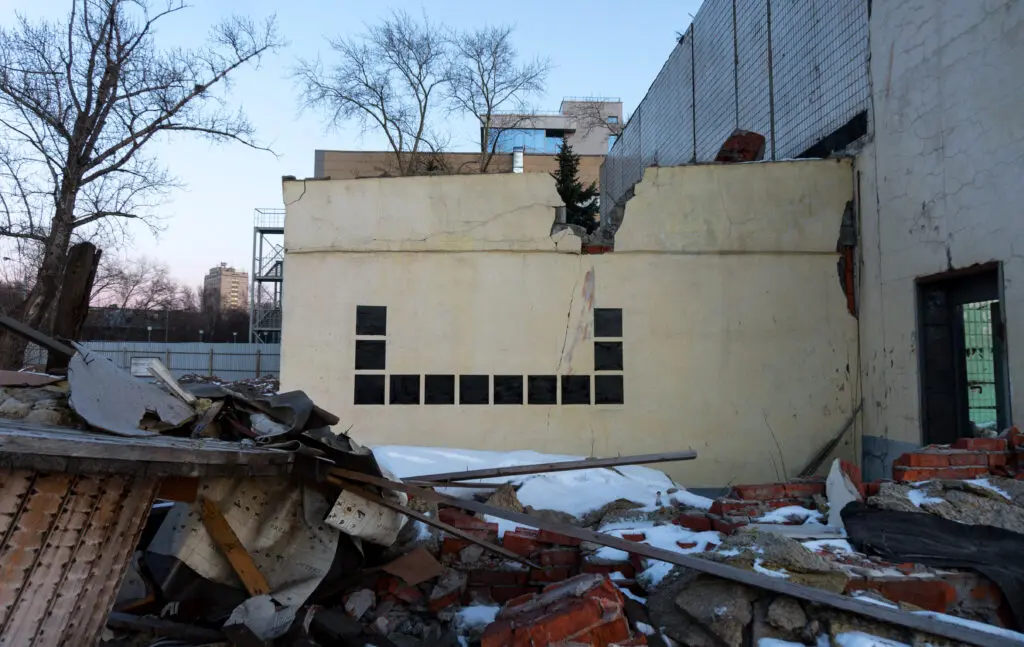
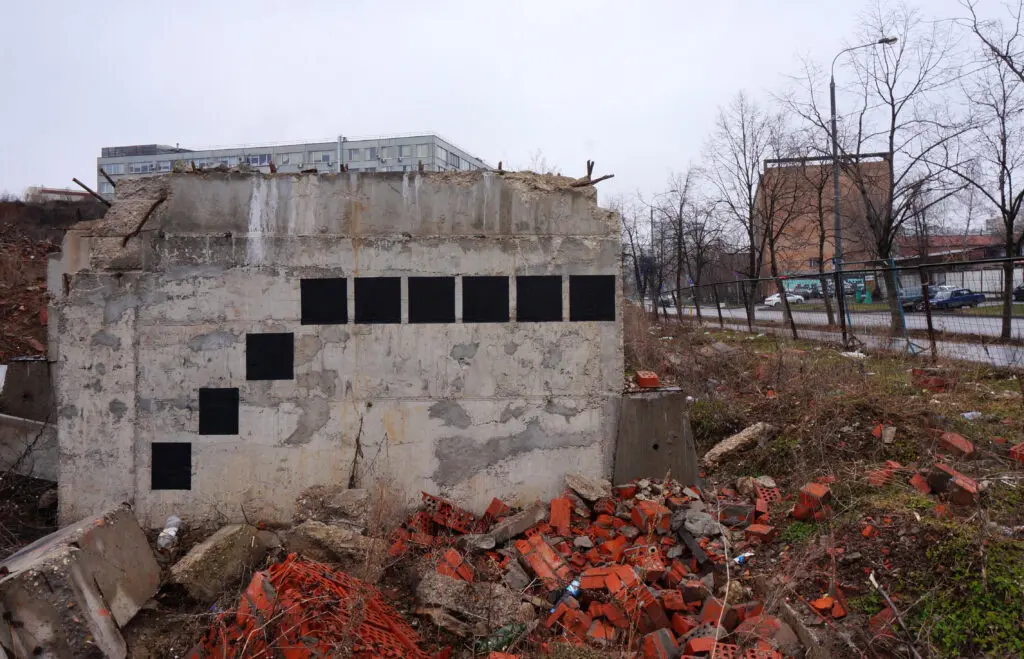
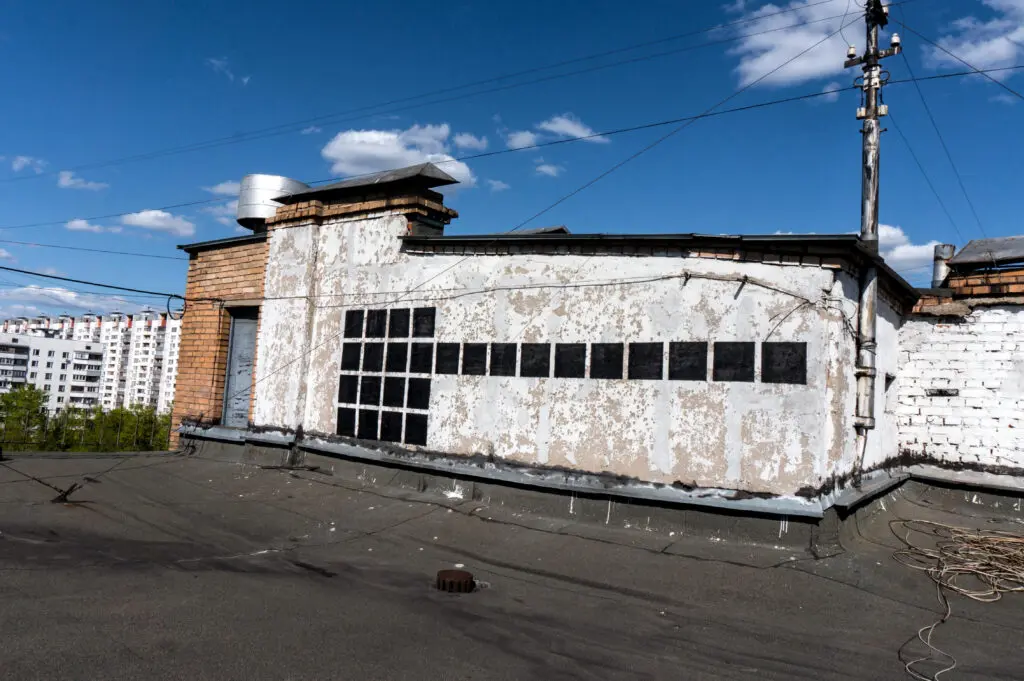
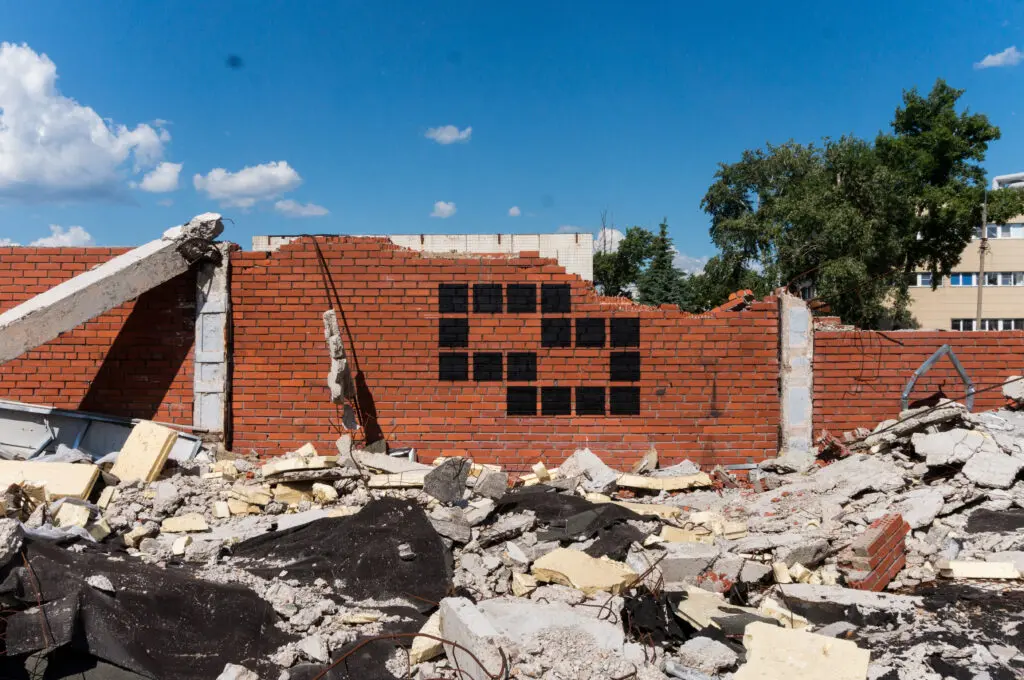
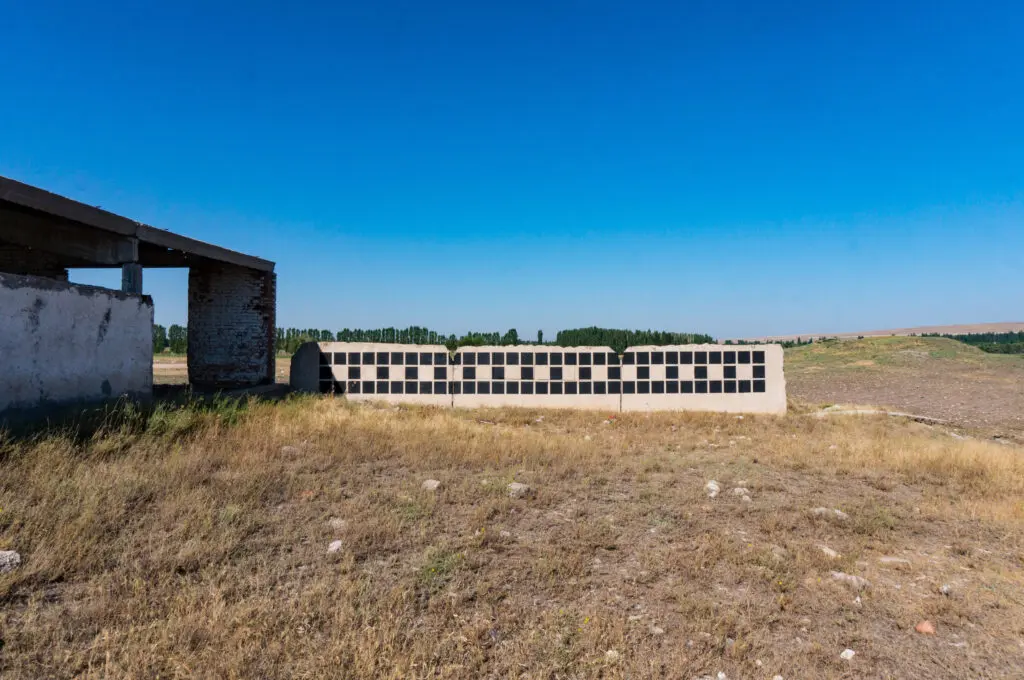
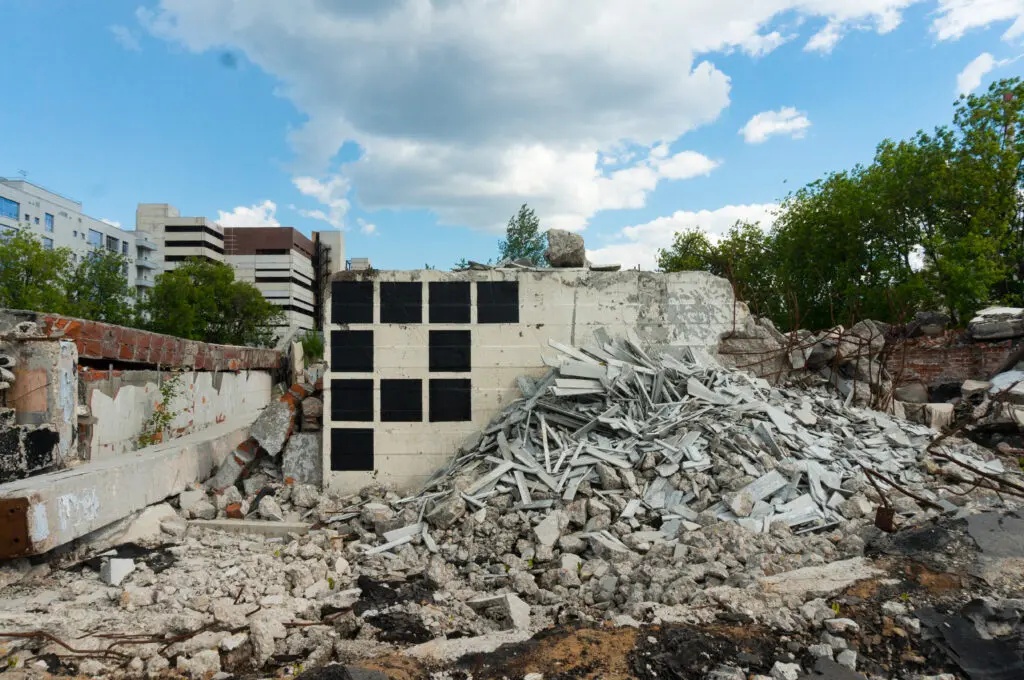
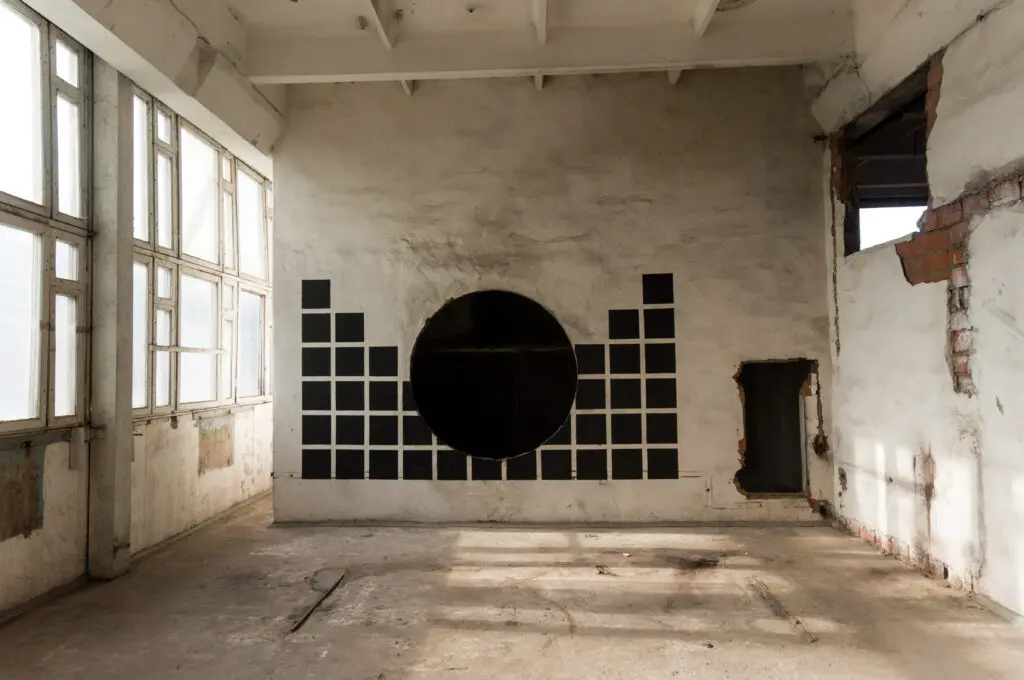
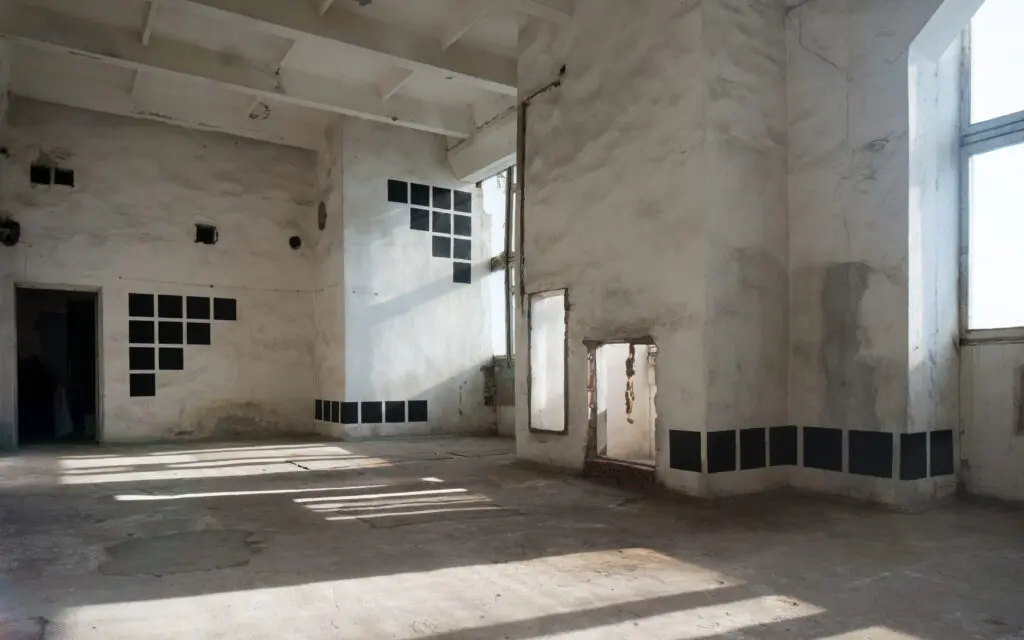
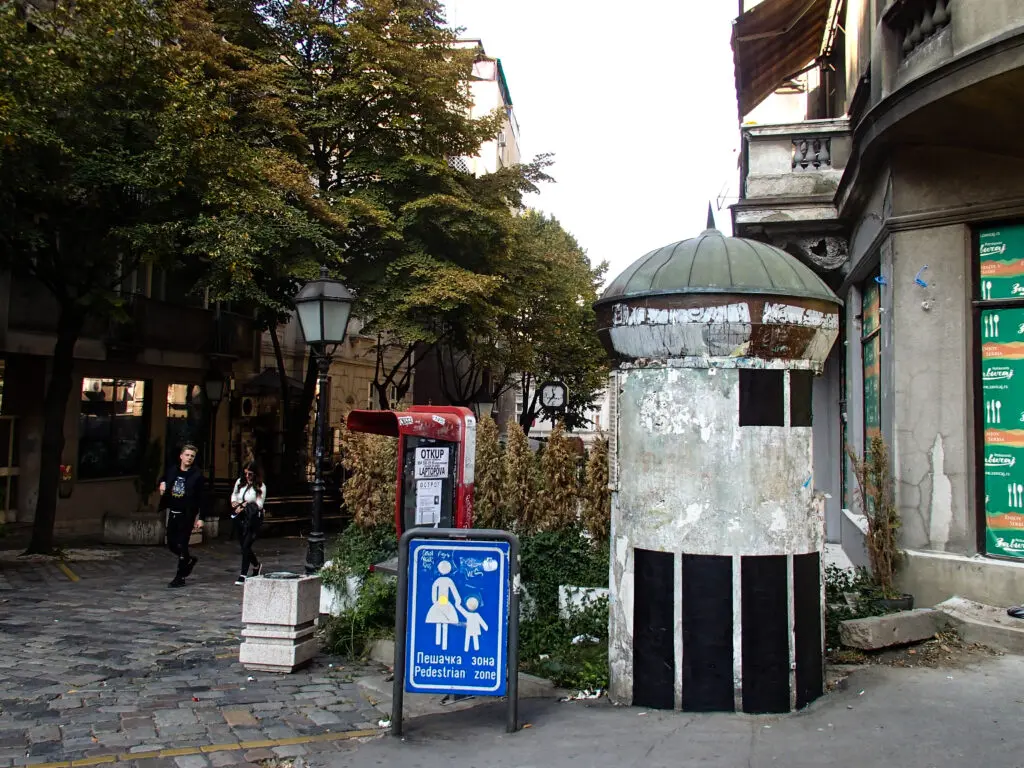
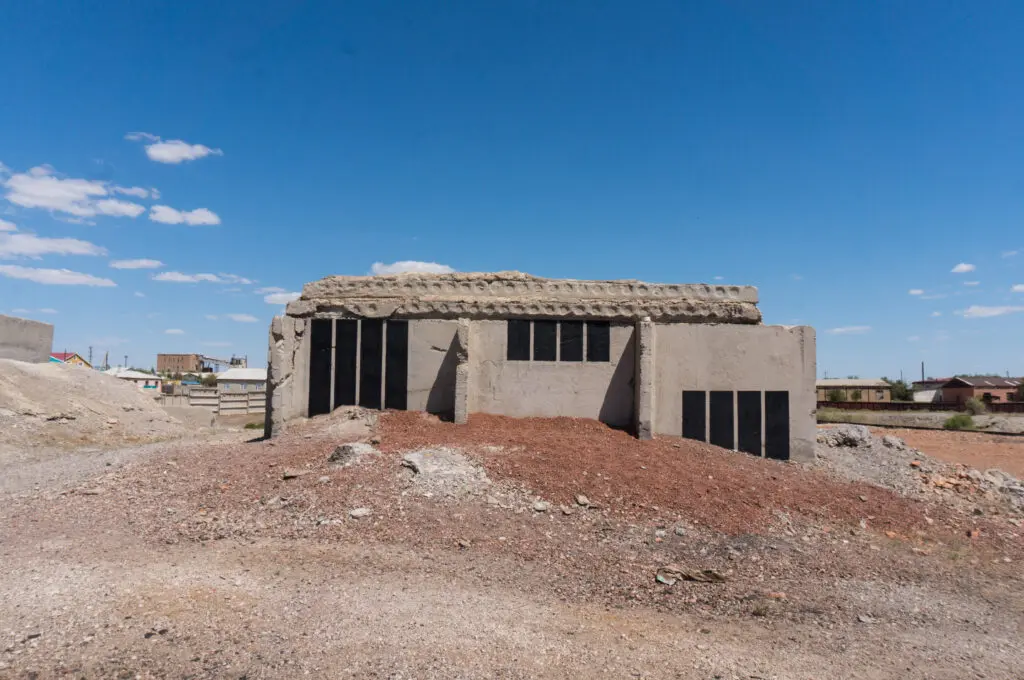
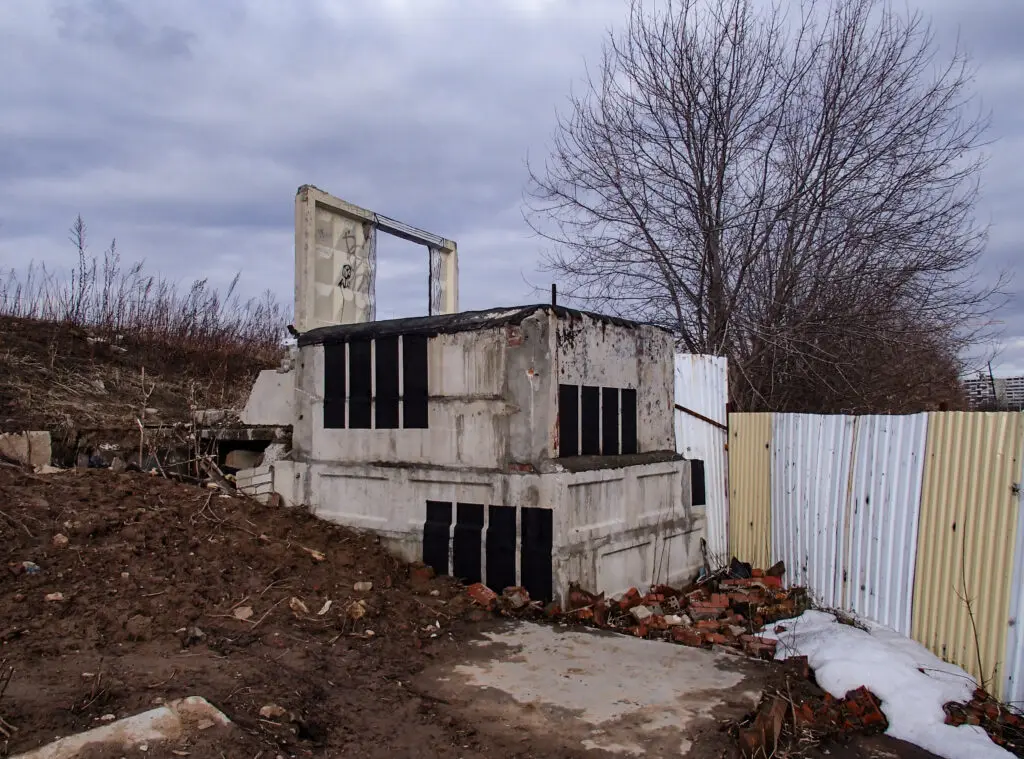

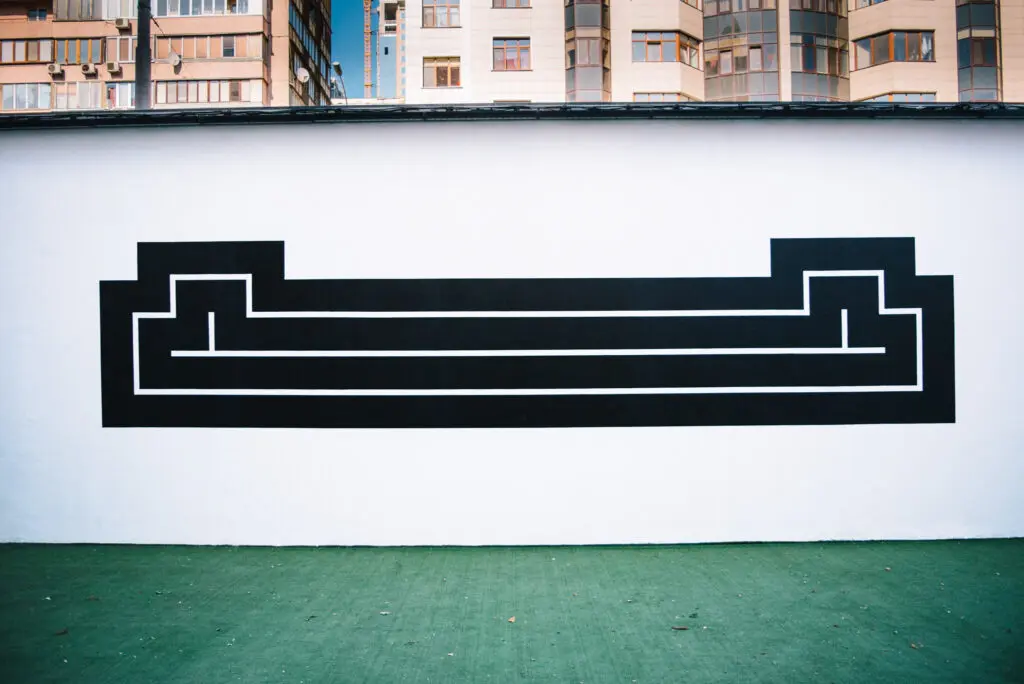
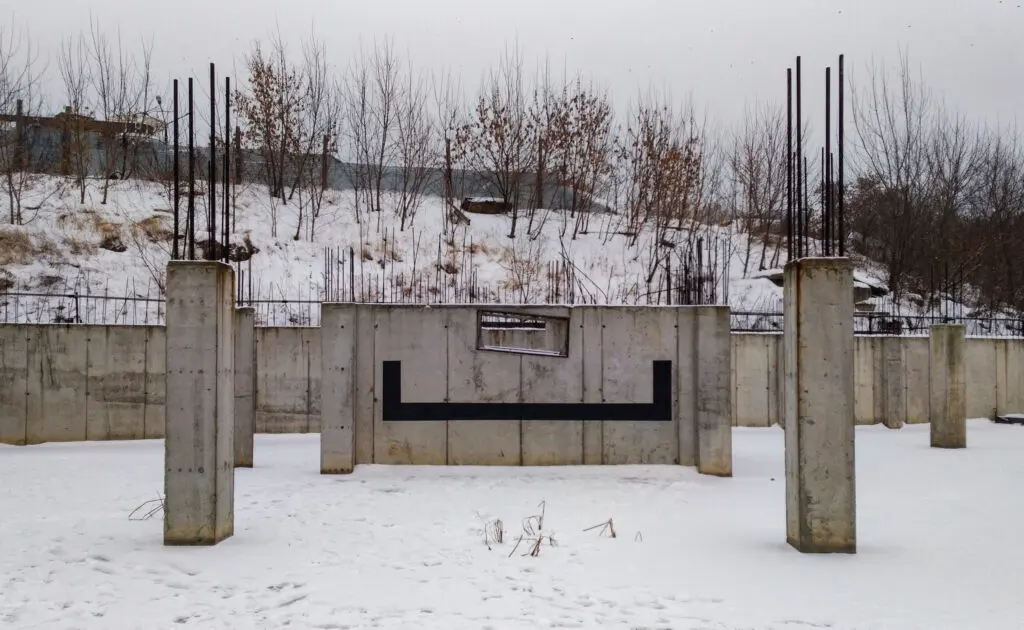
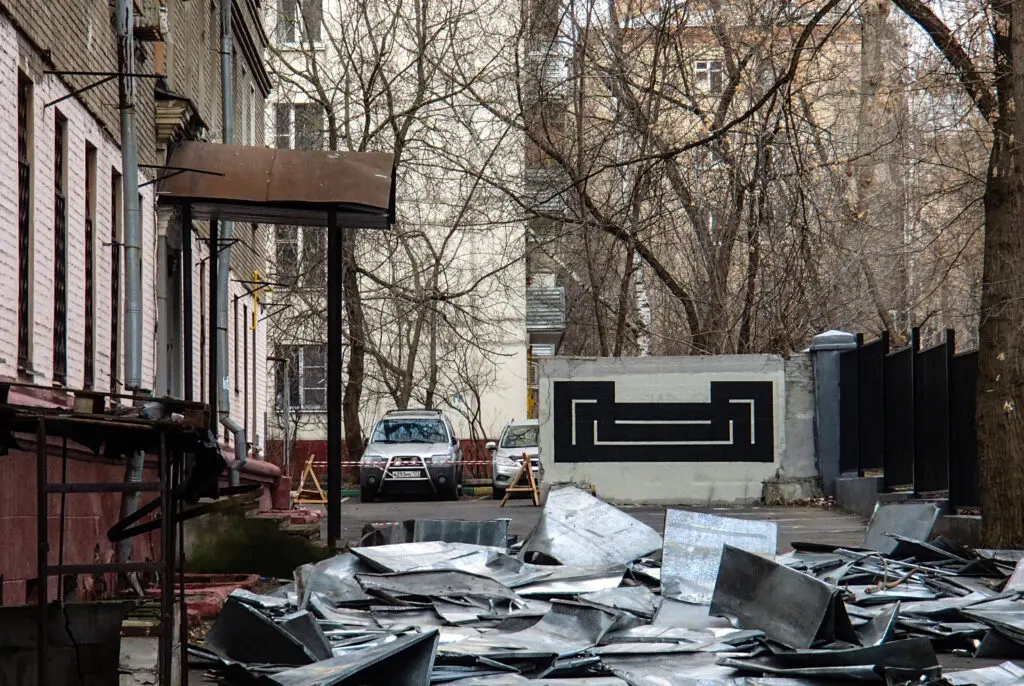
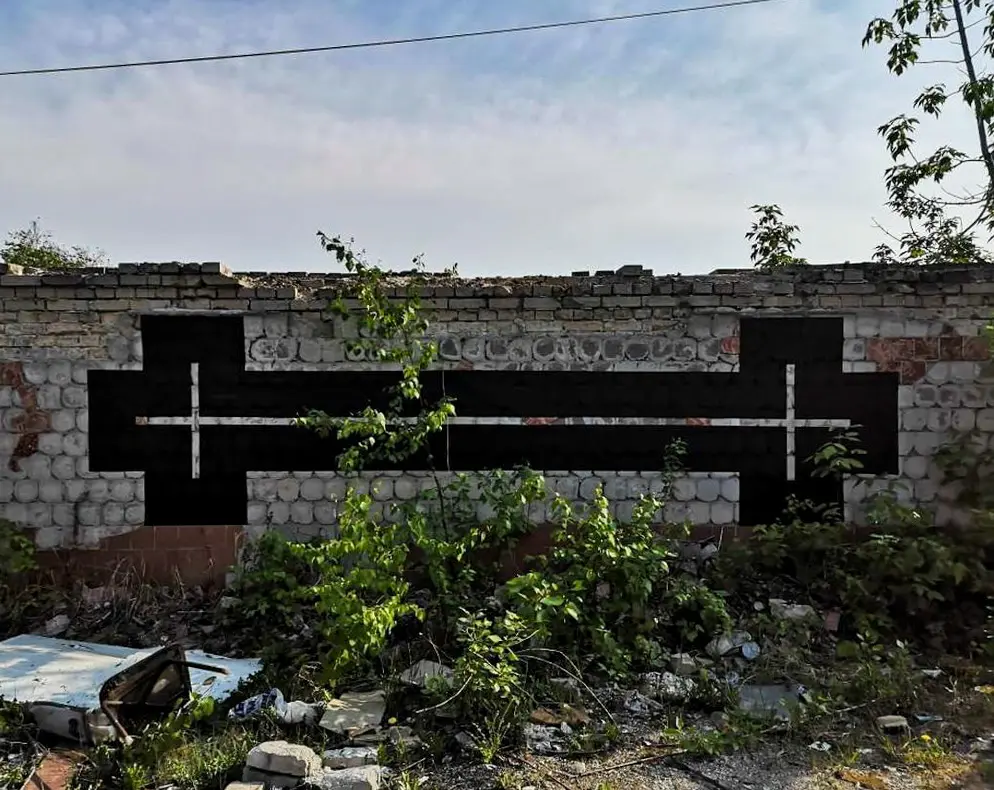
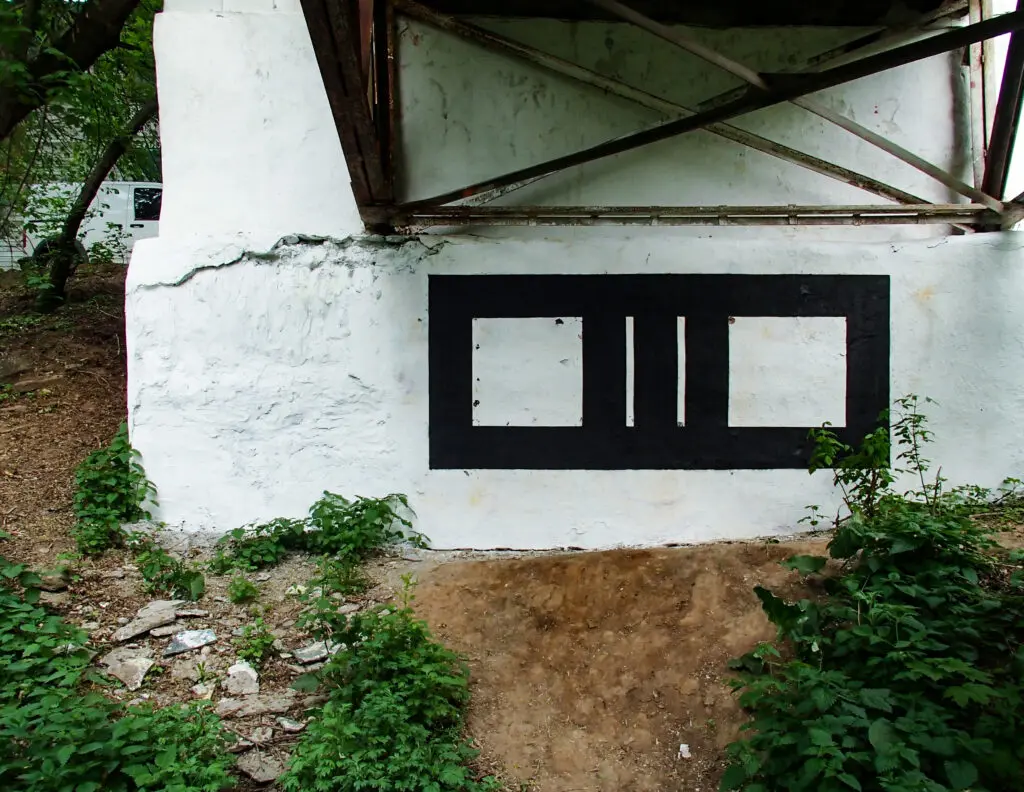
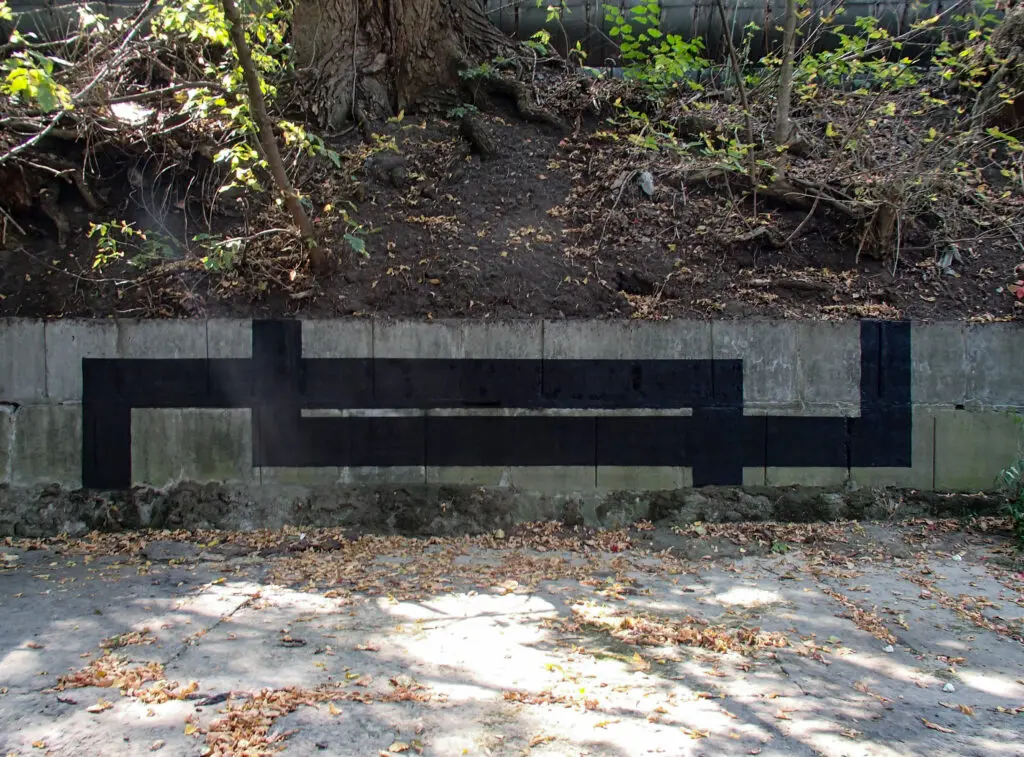
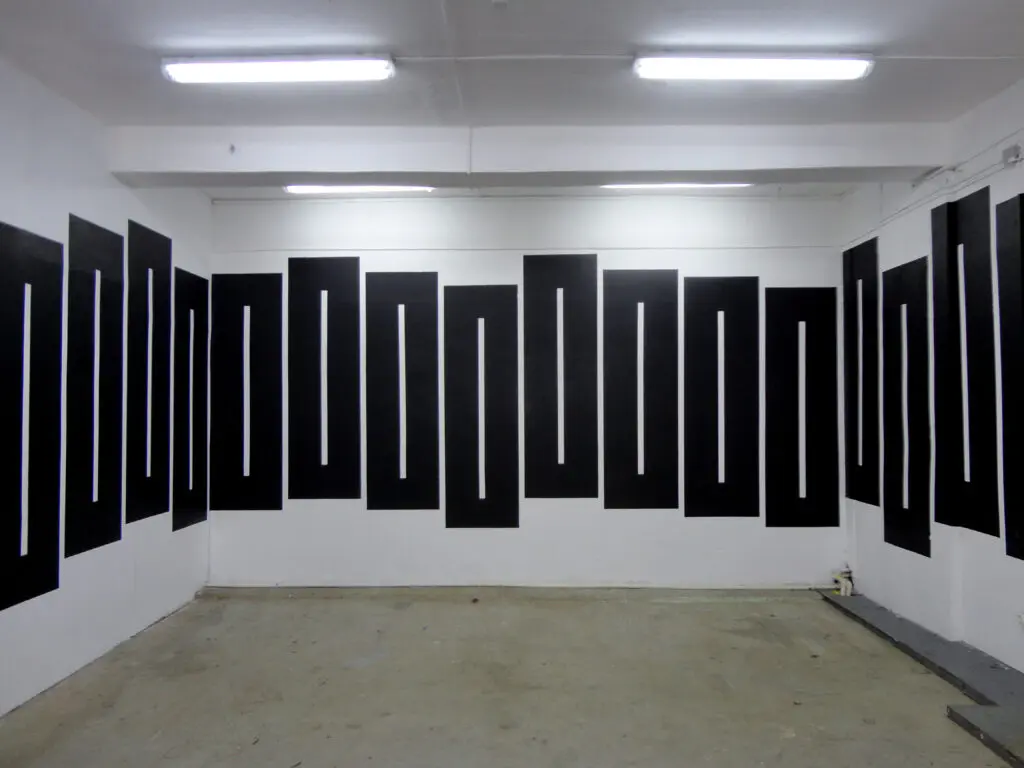
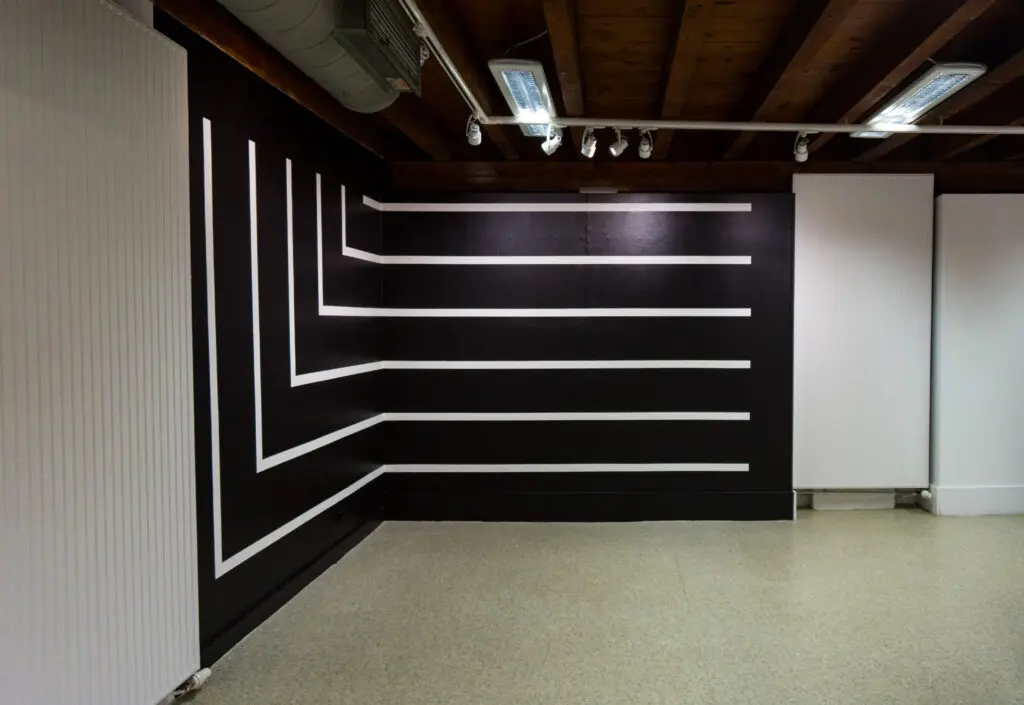
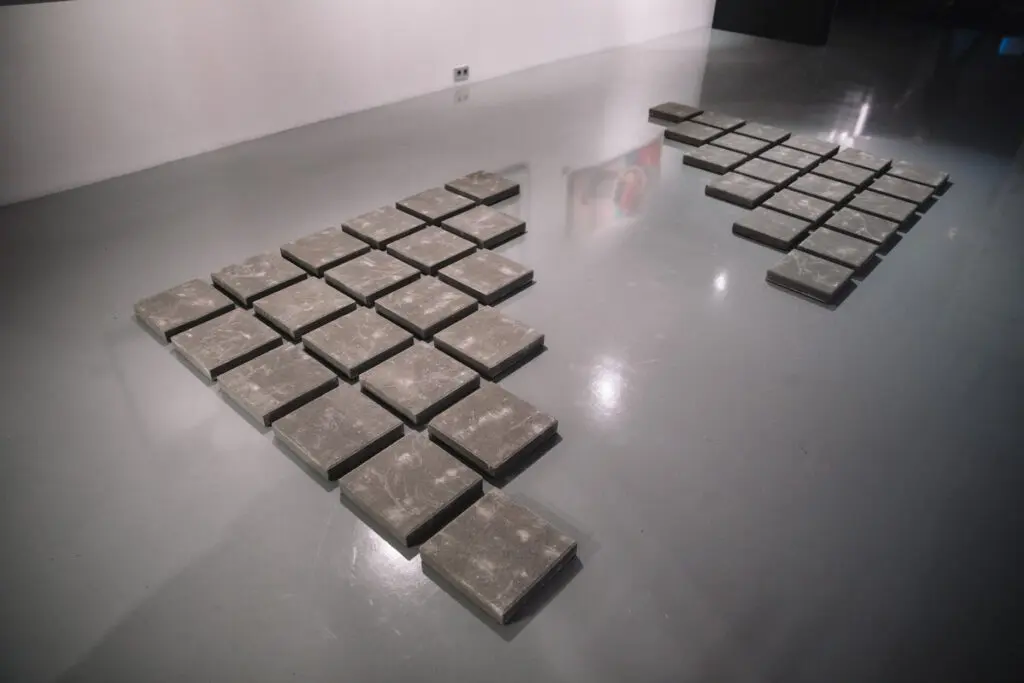
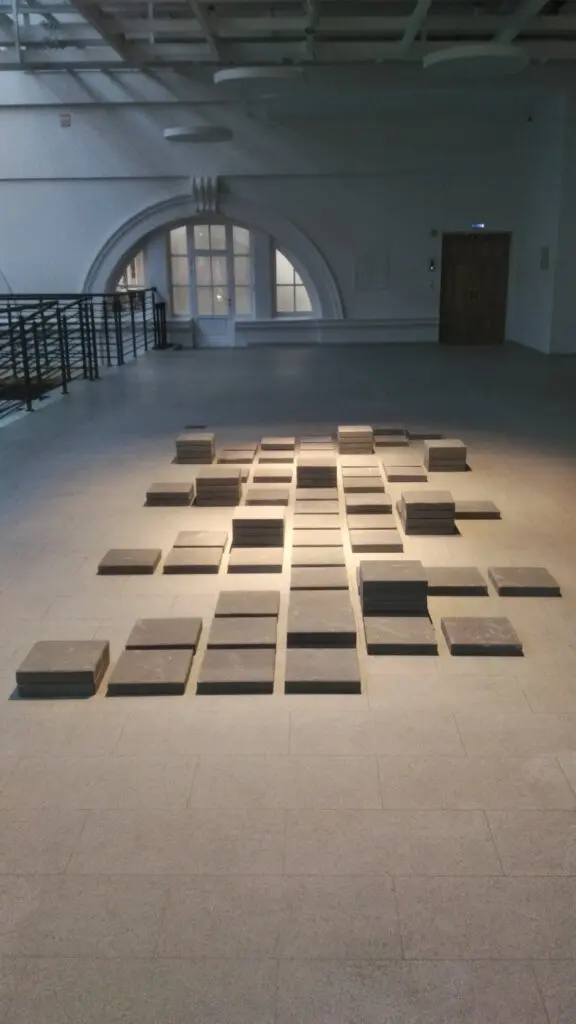
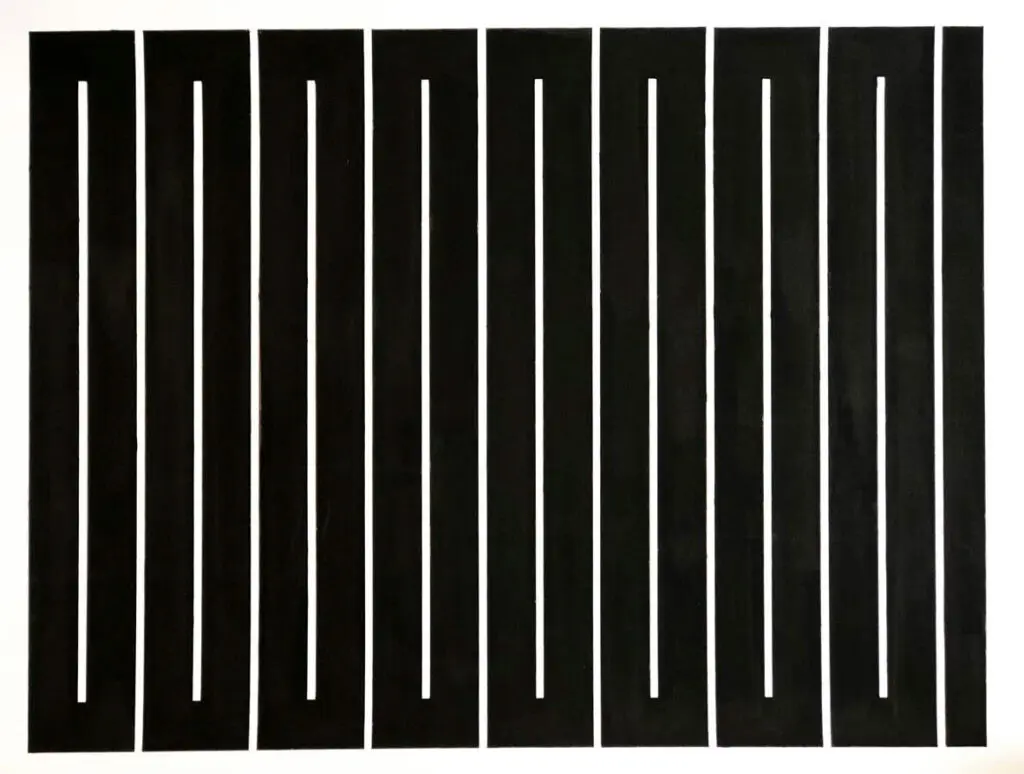
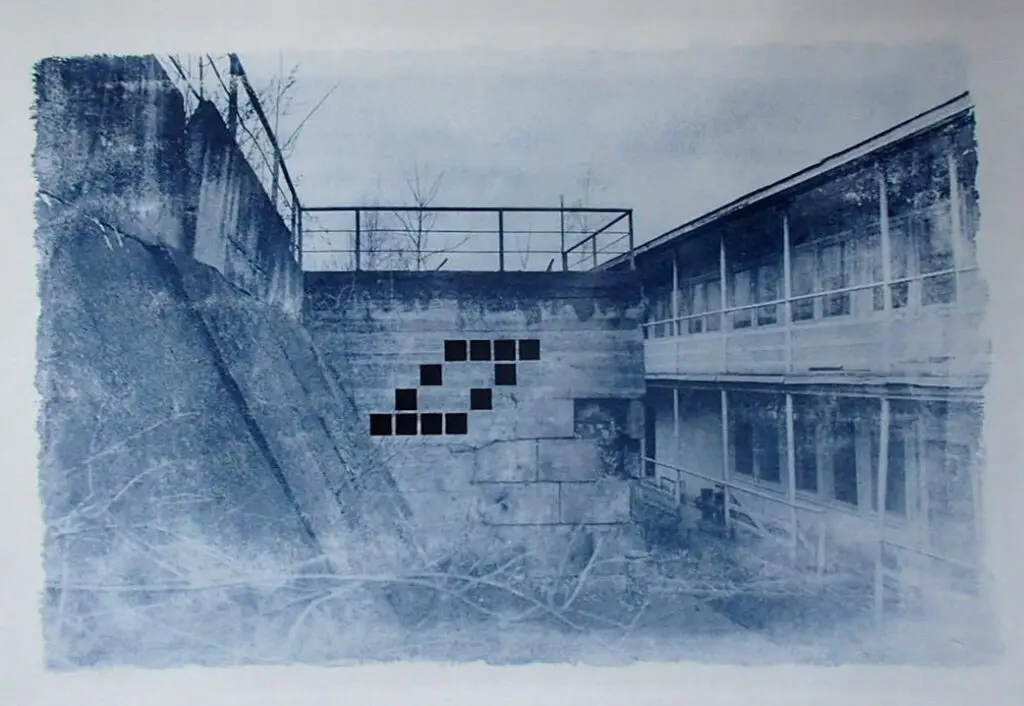
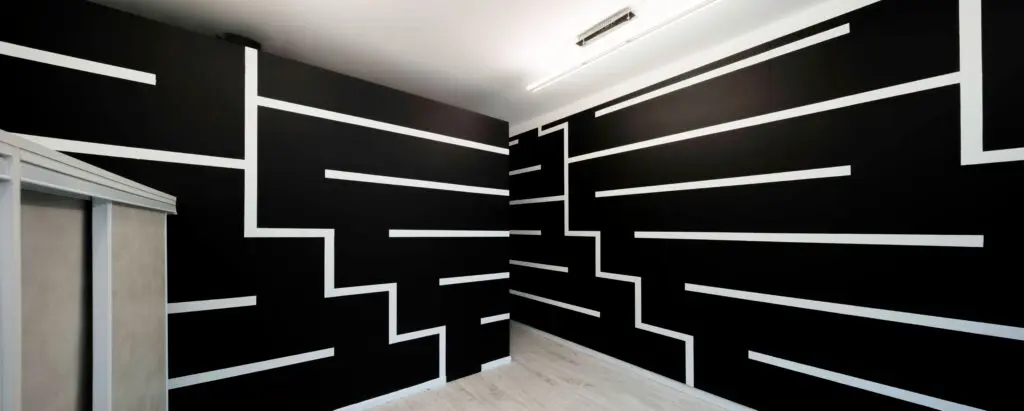
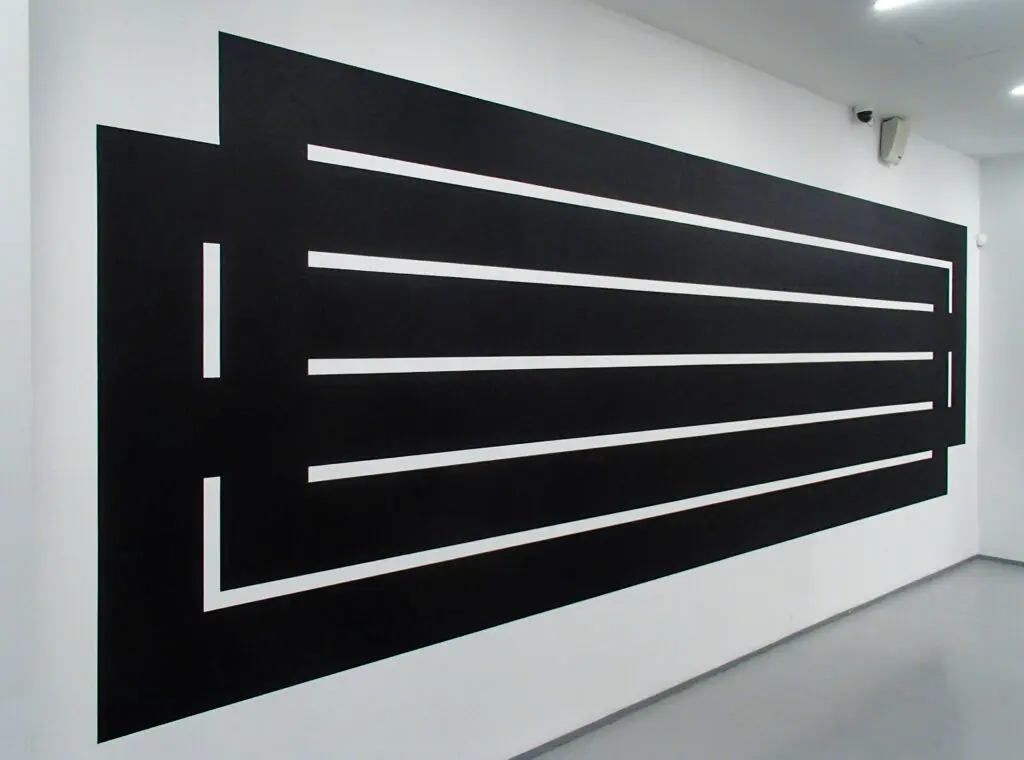
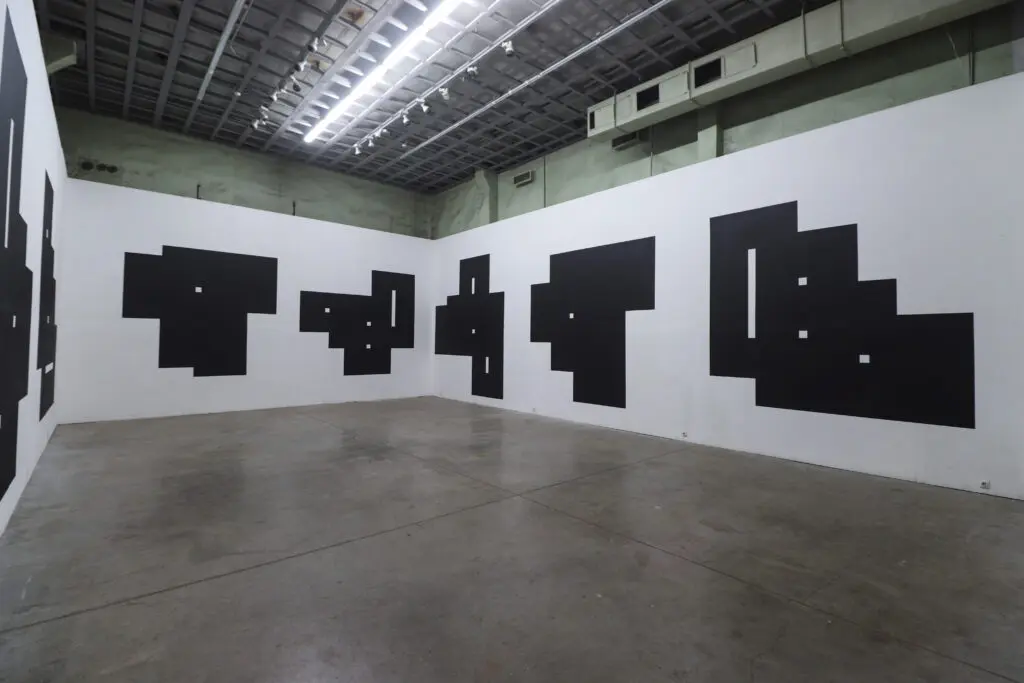
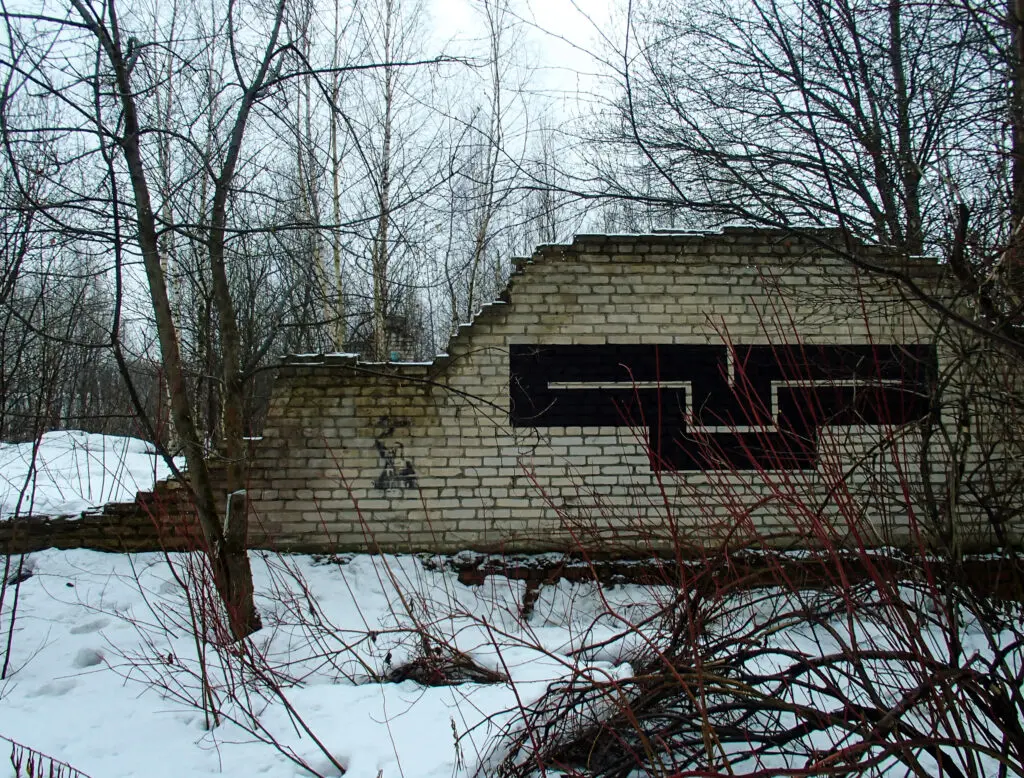
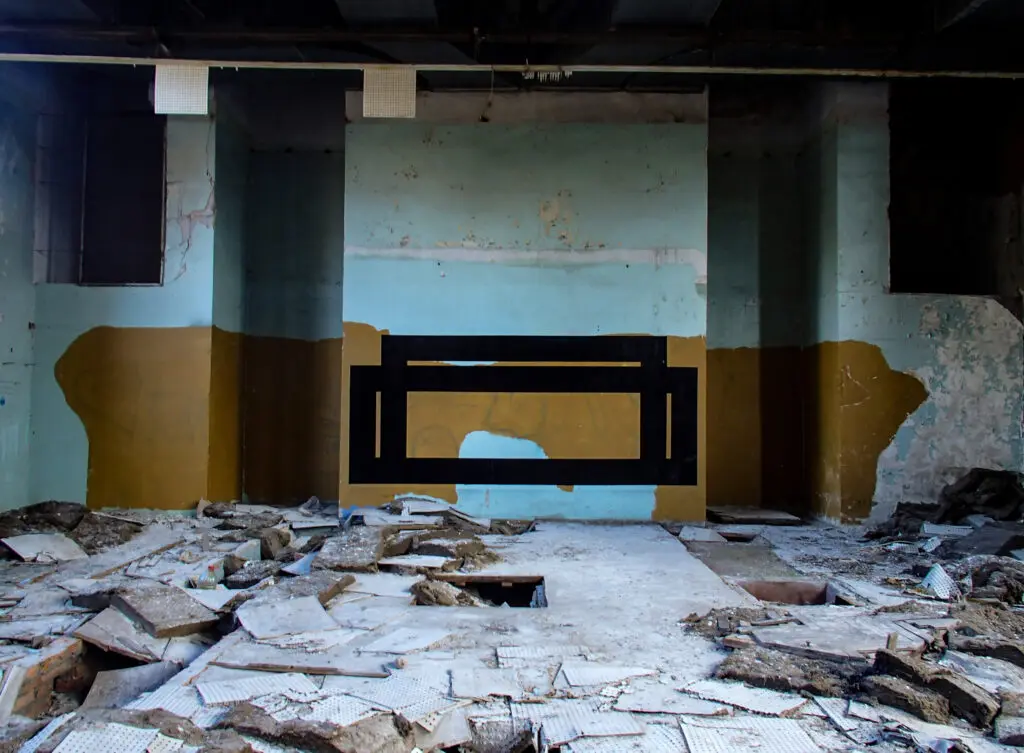
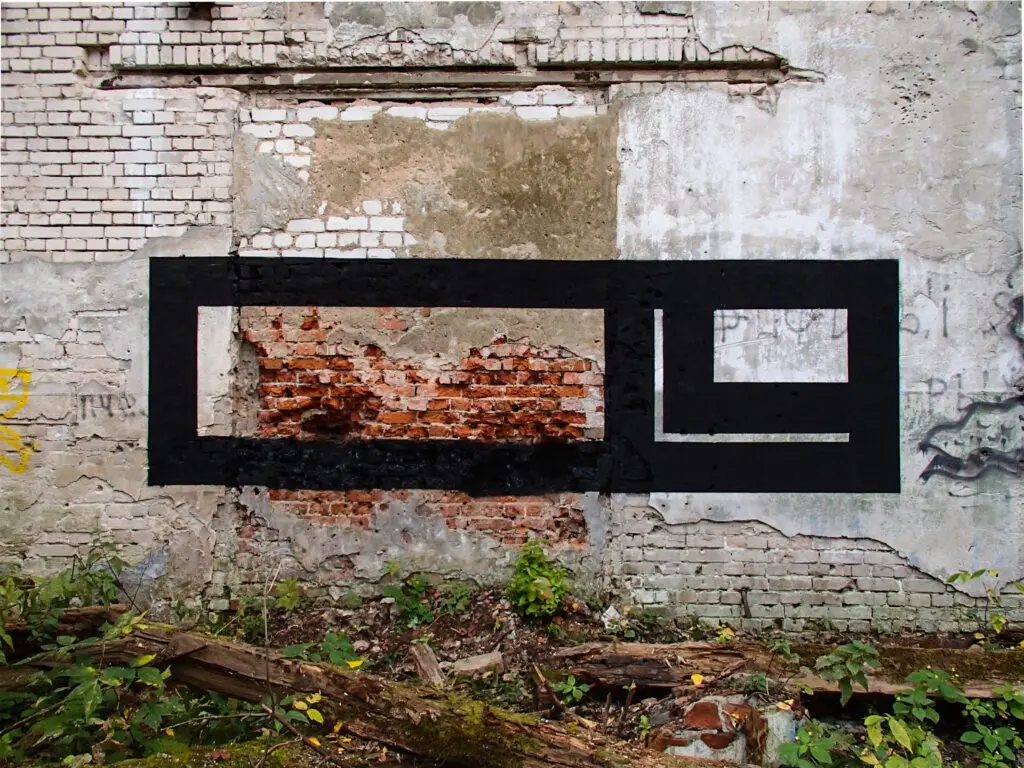
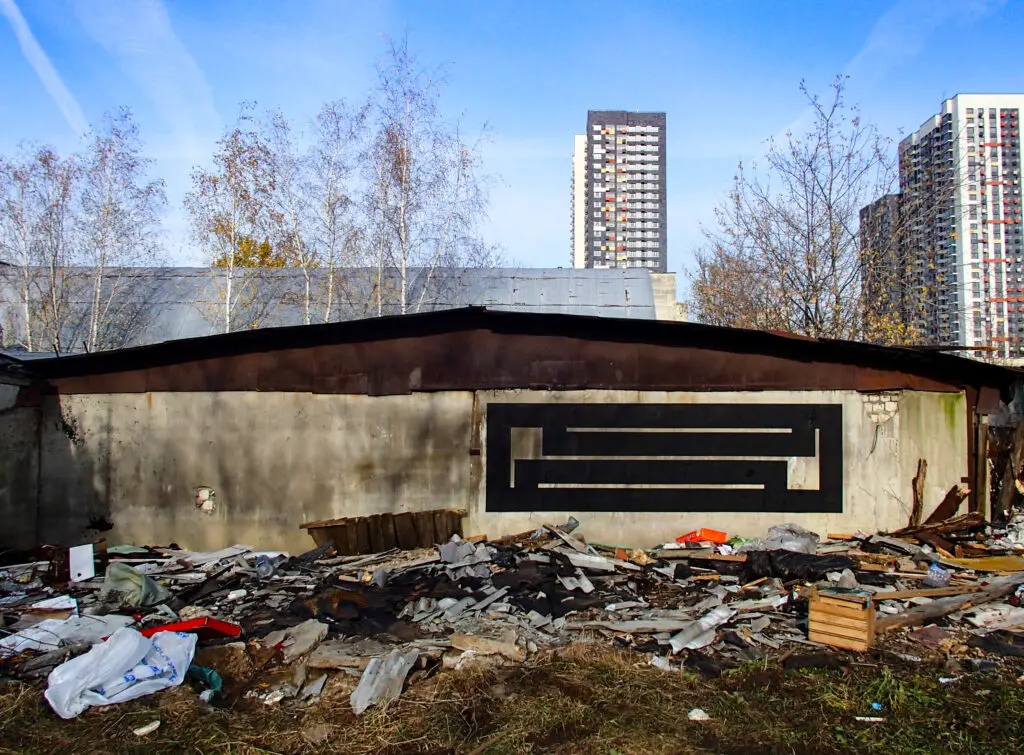
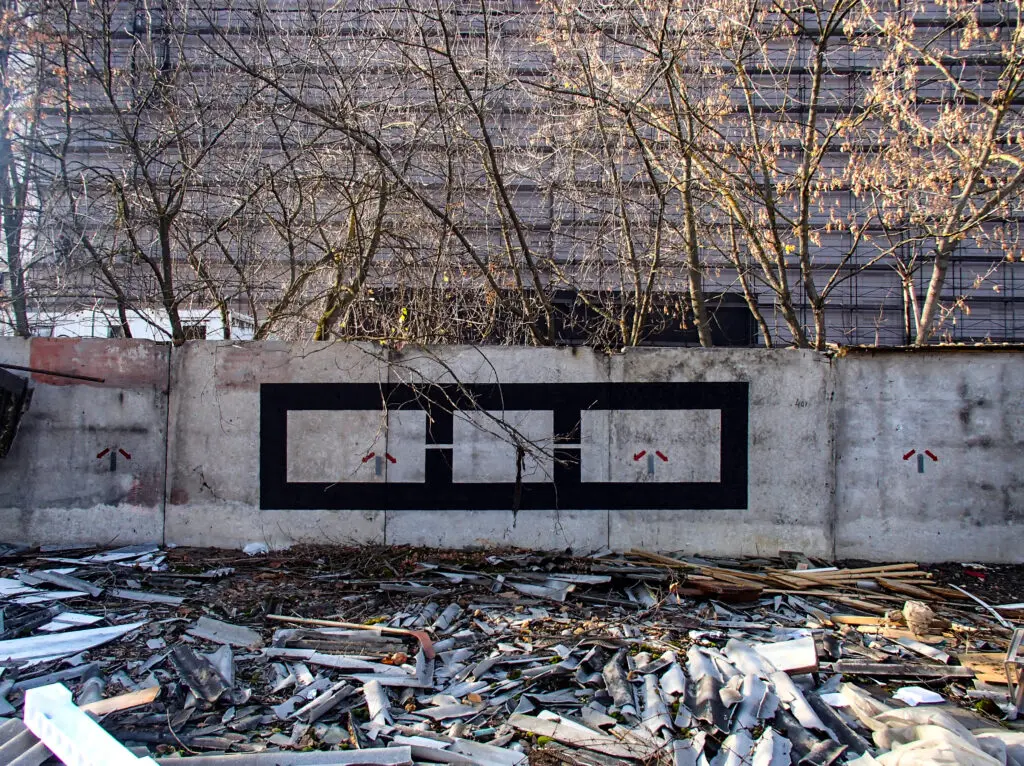
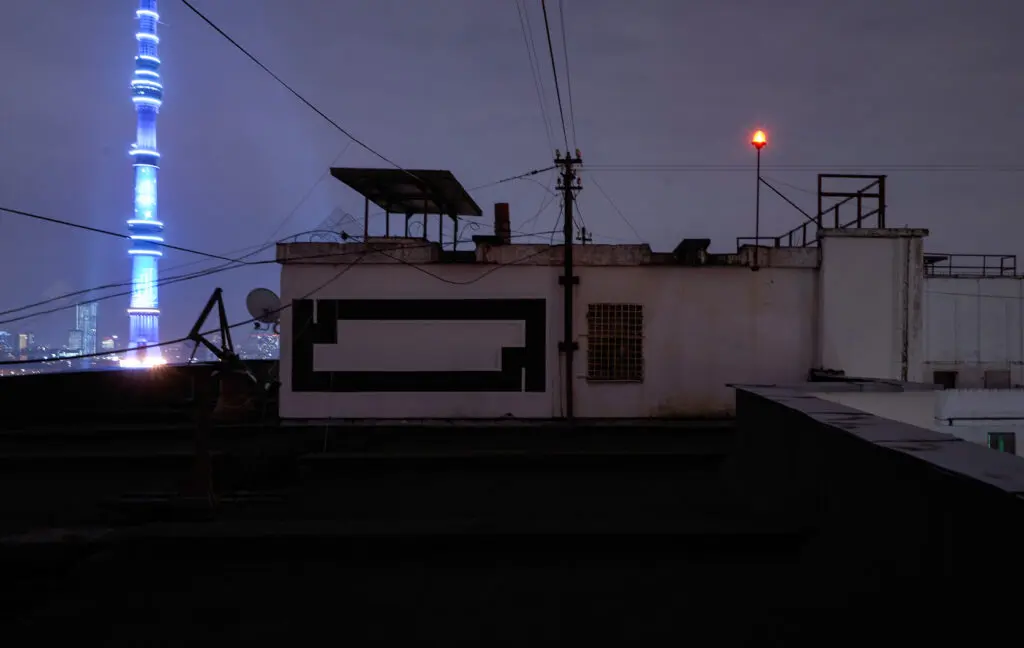
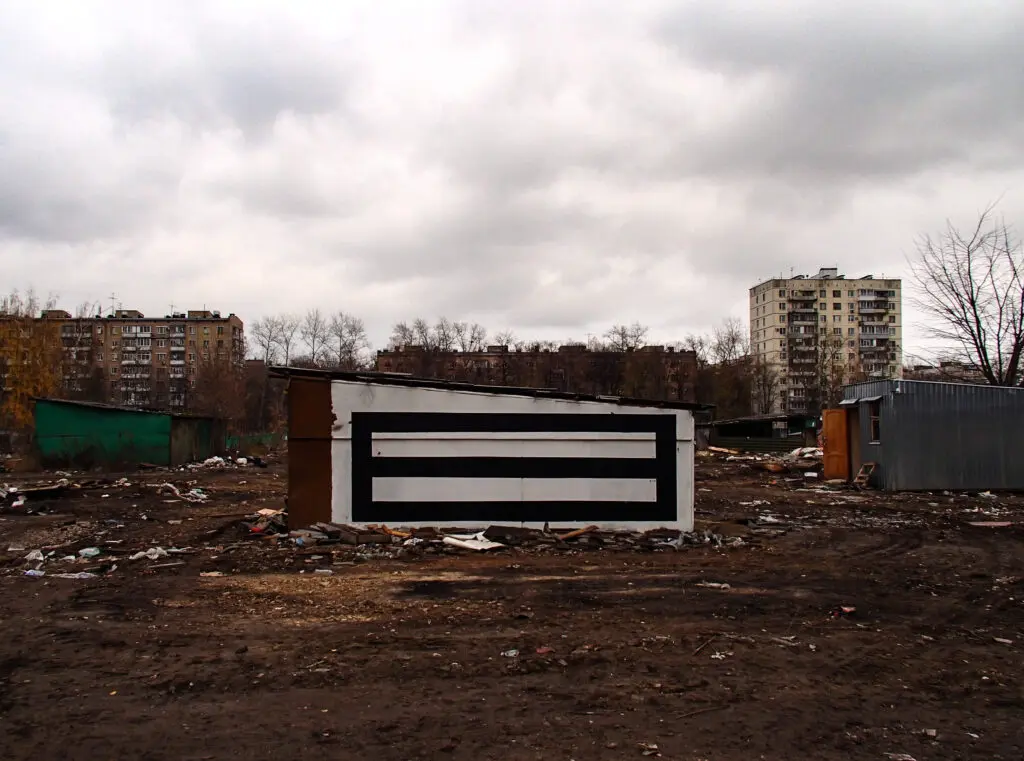
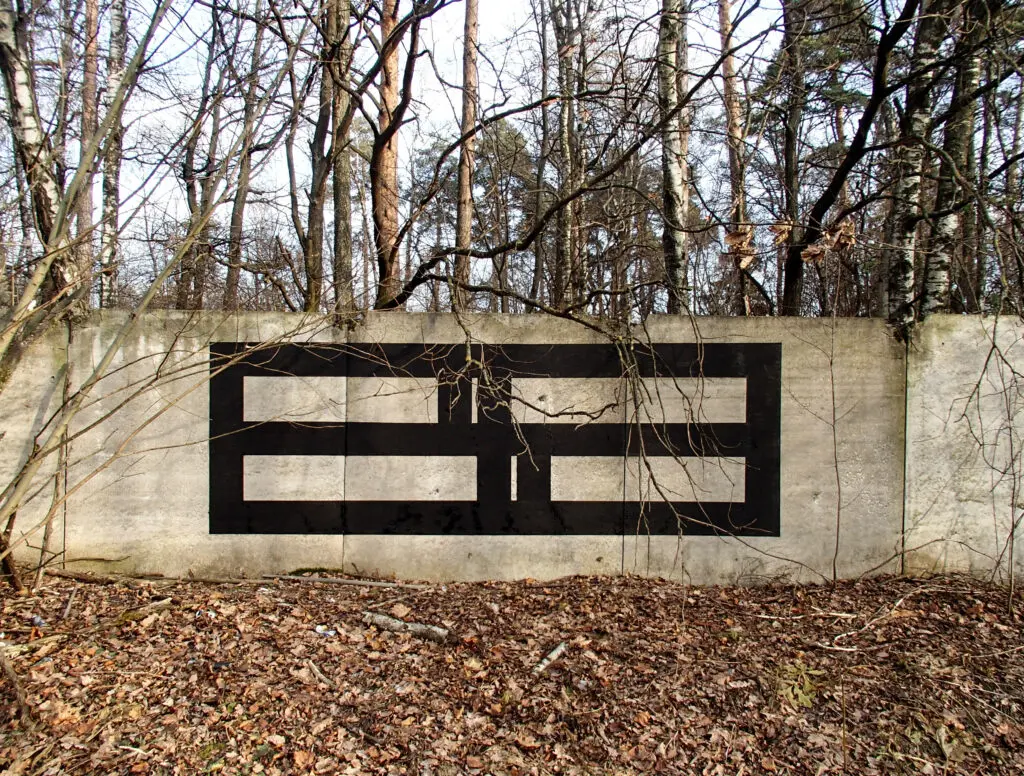
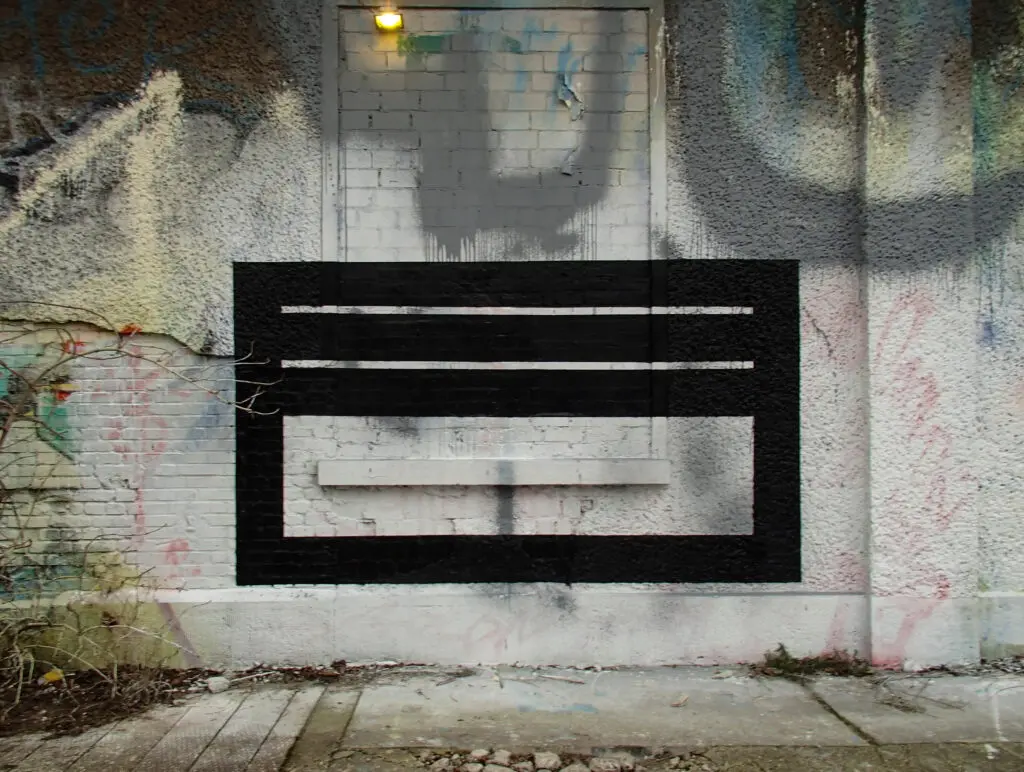
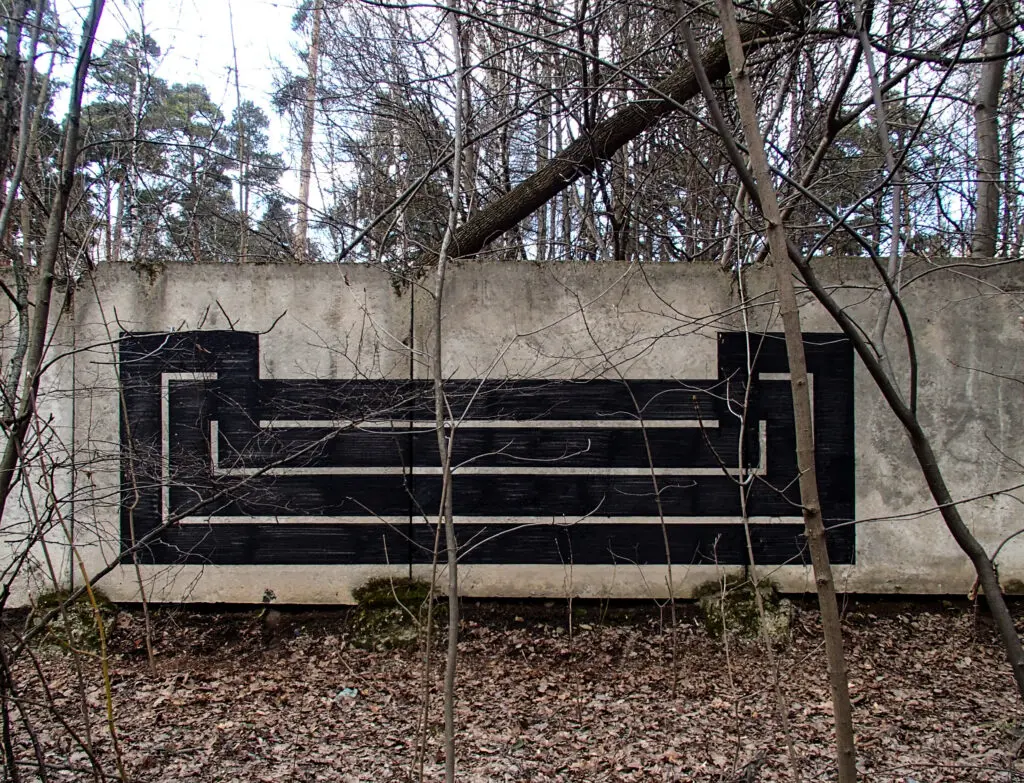
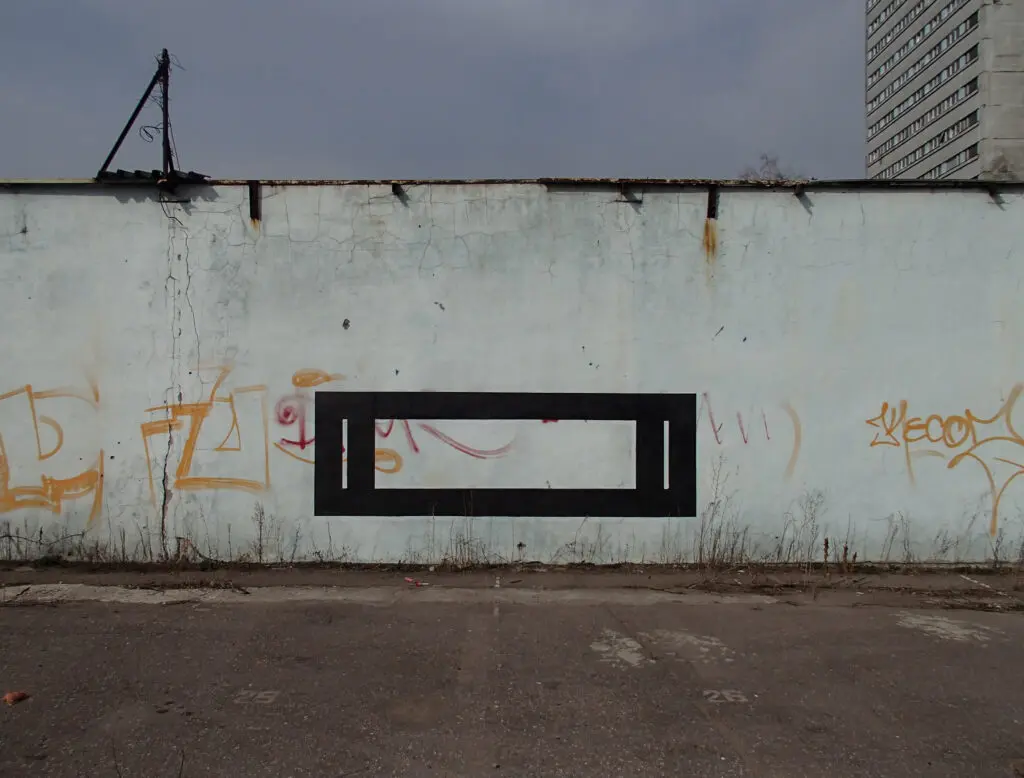
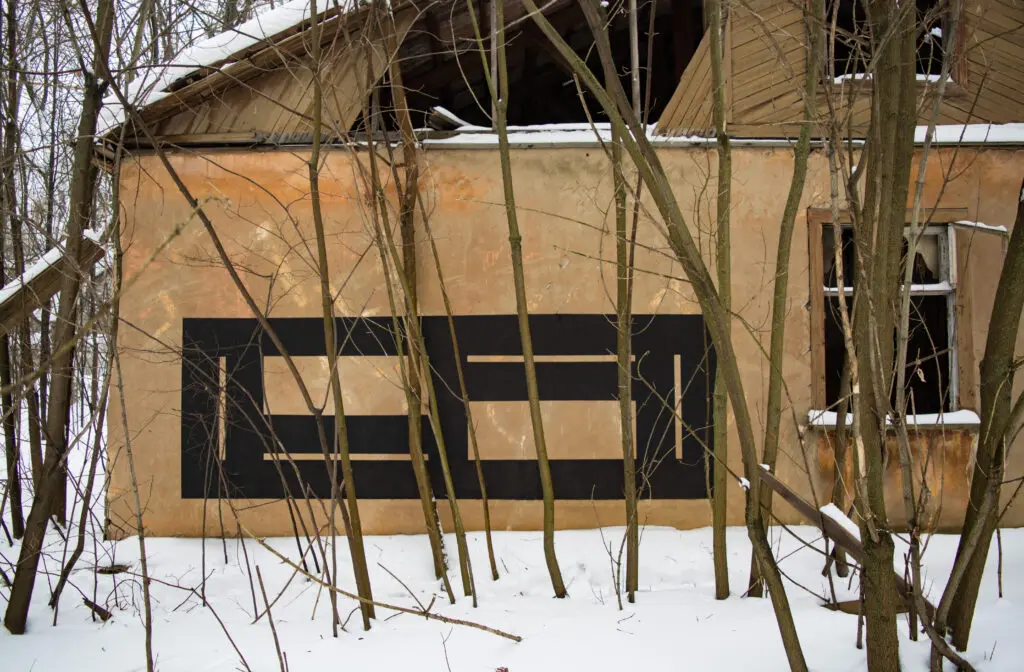

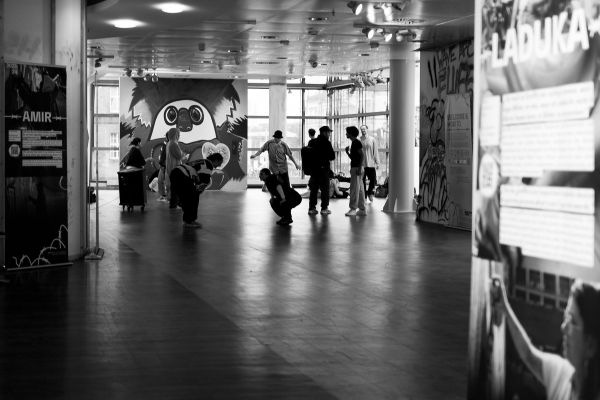
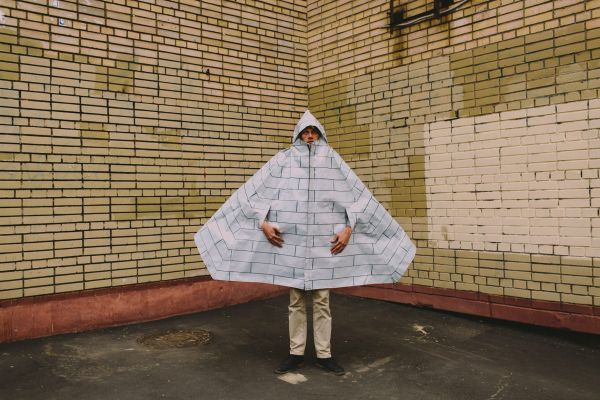
Leave a Reply